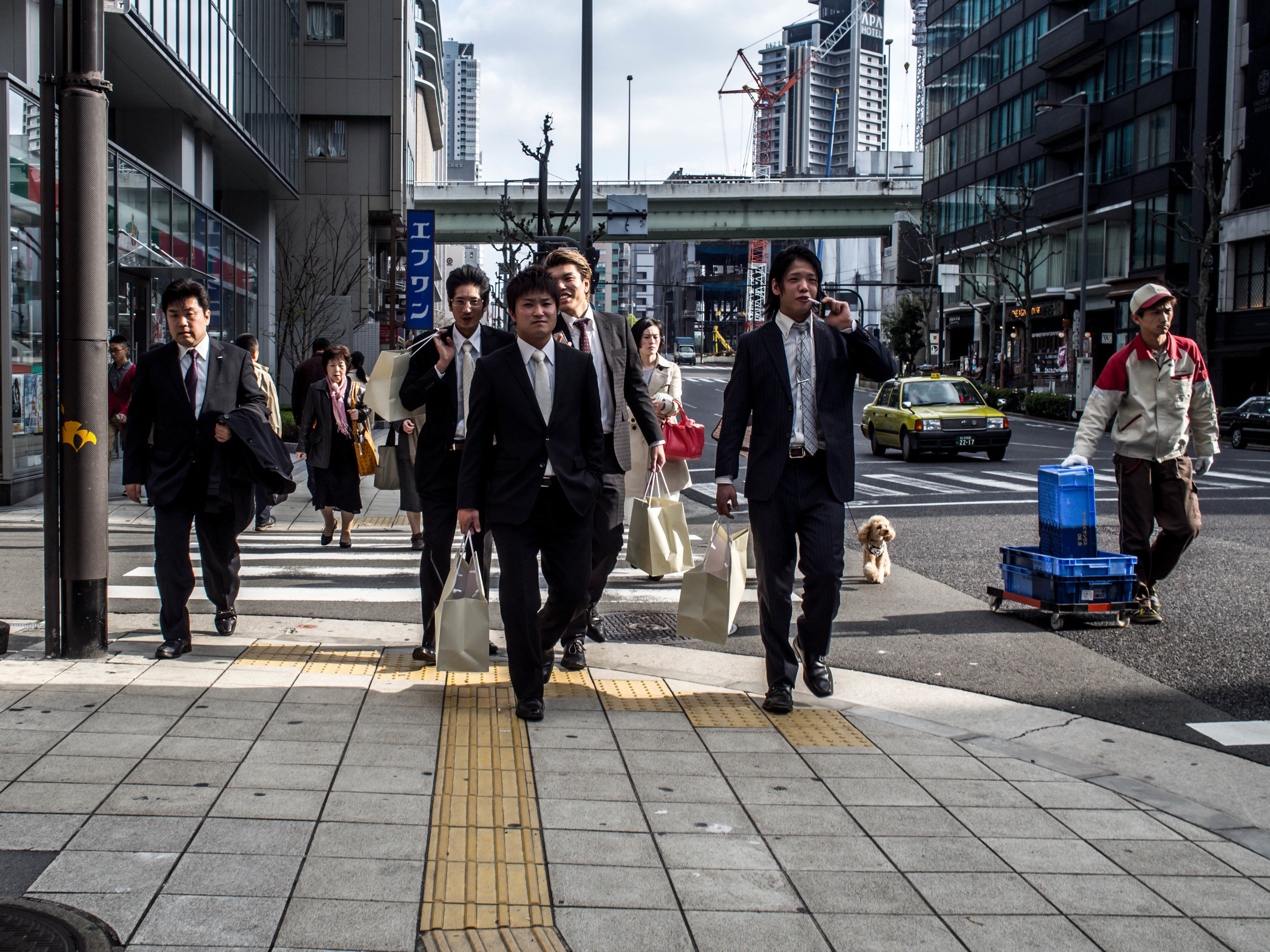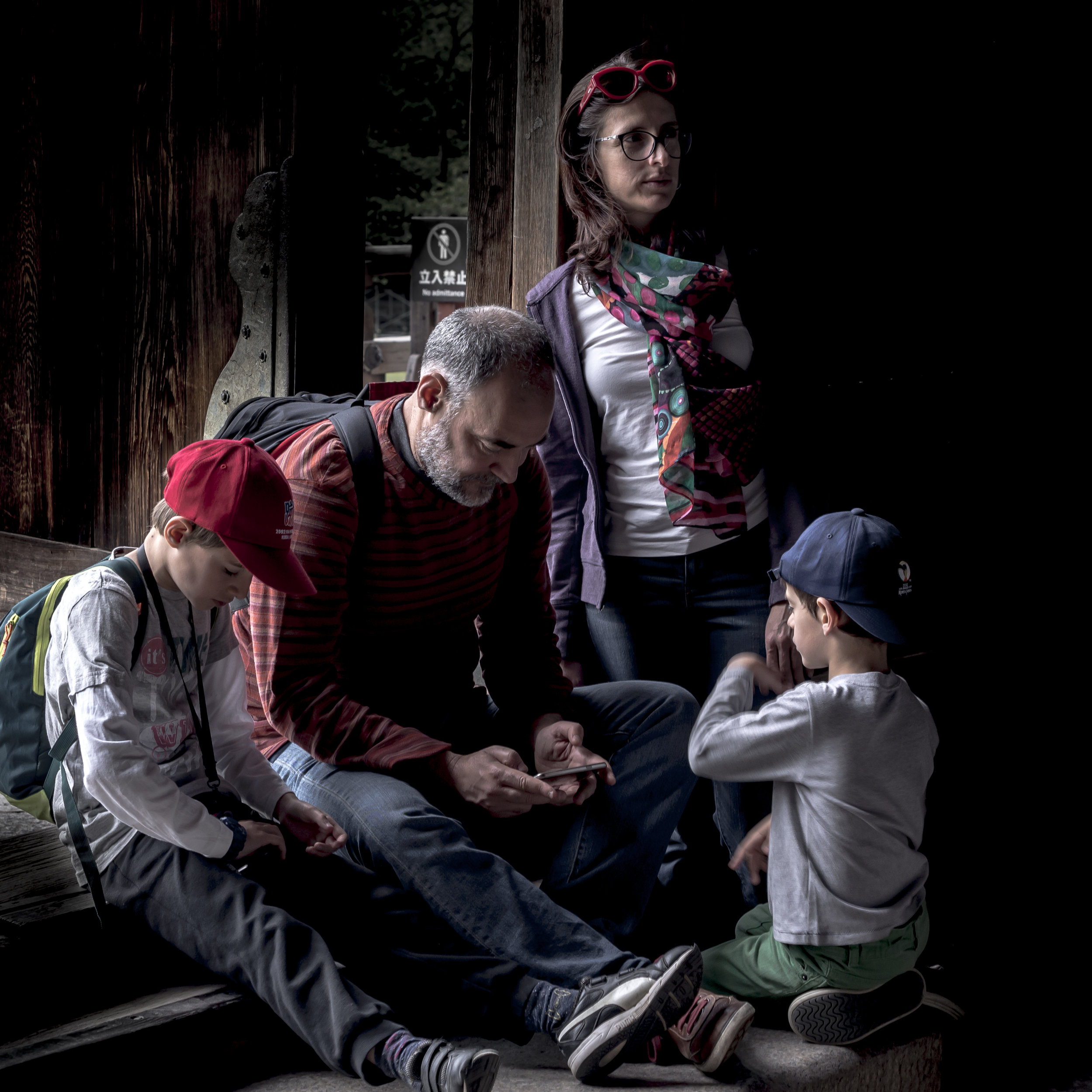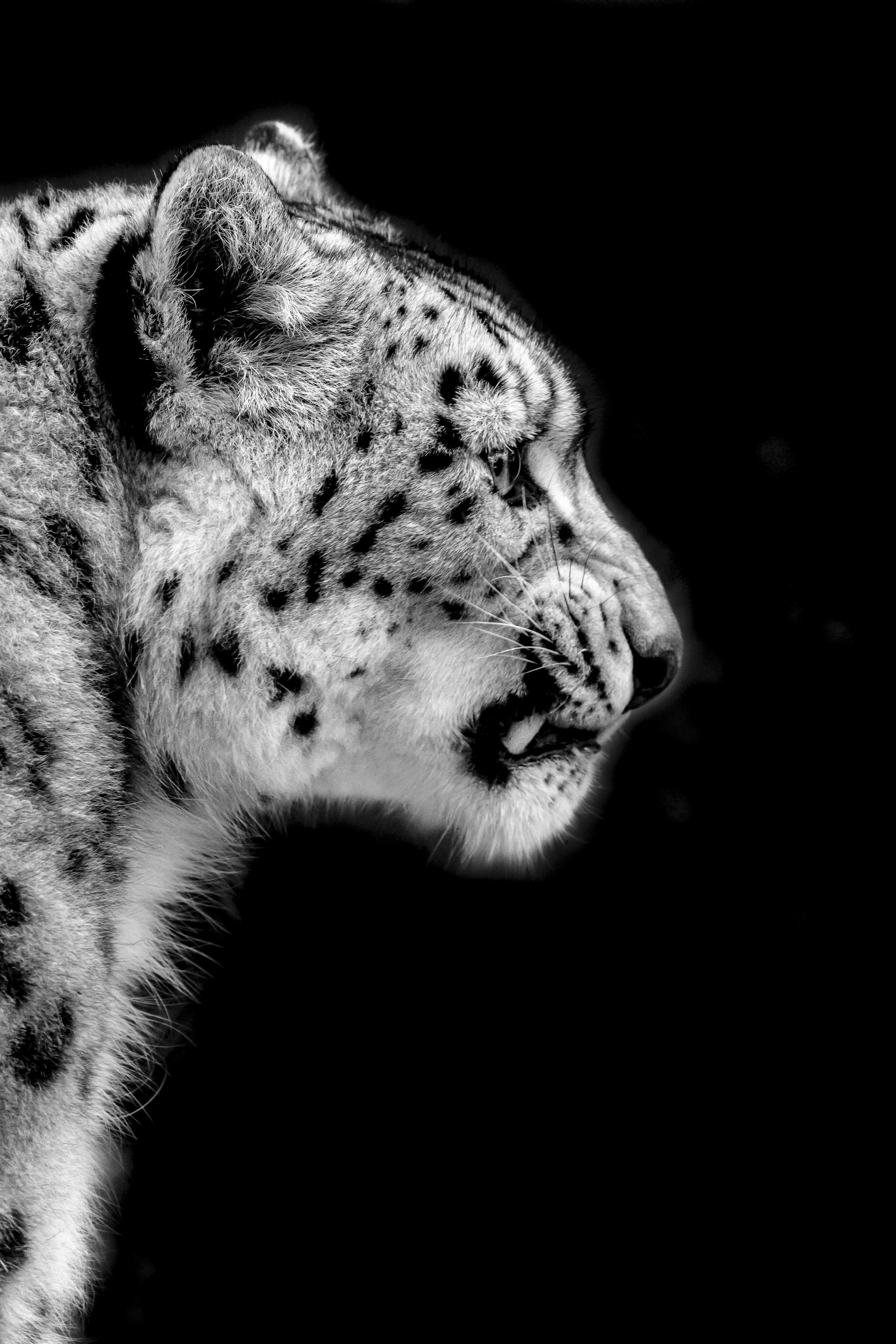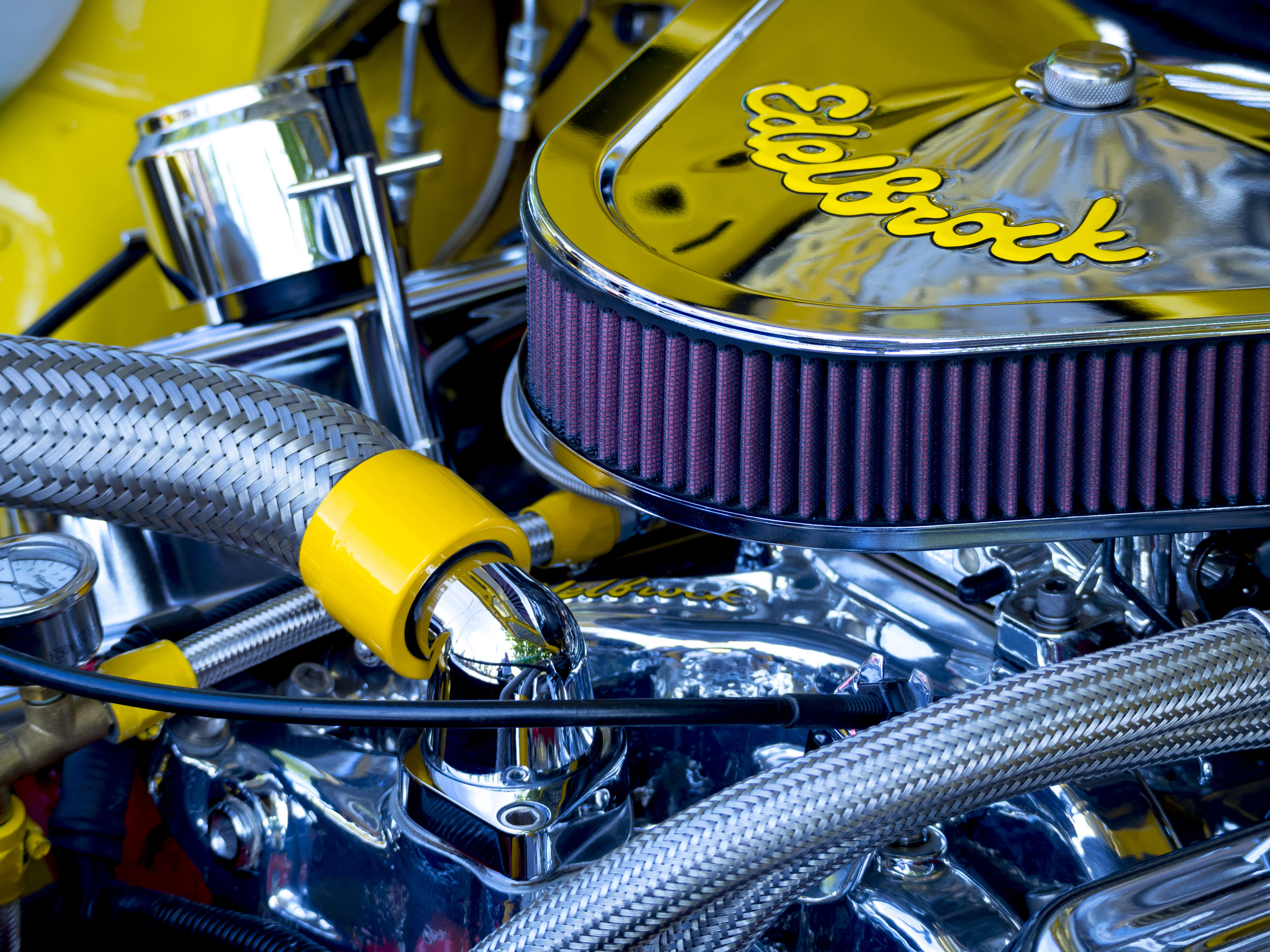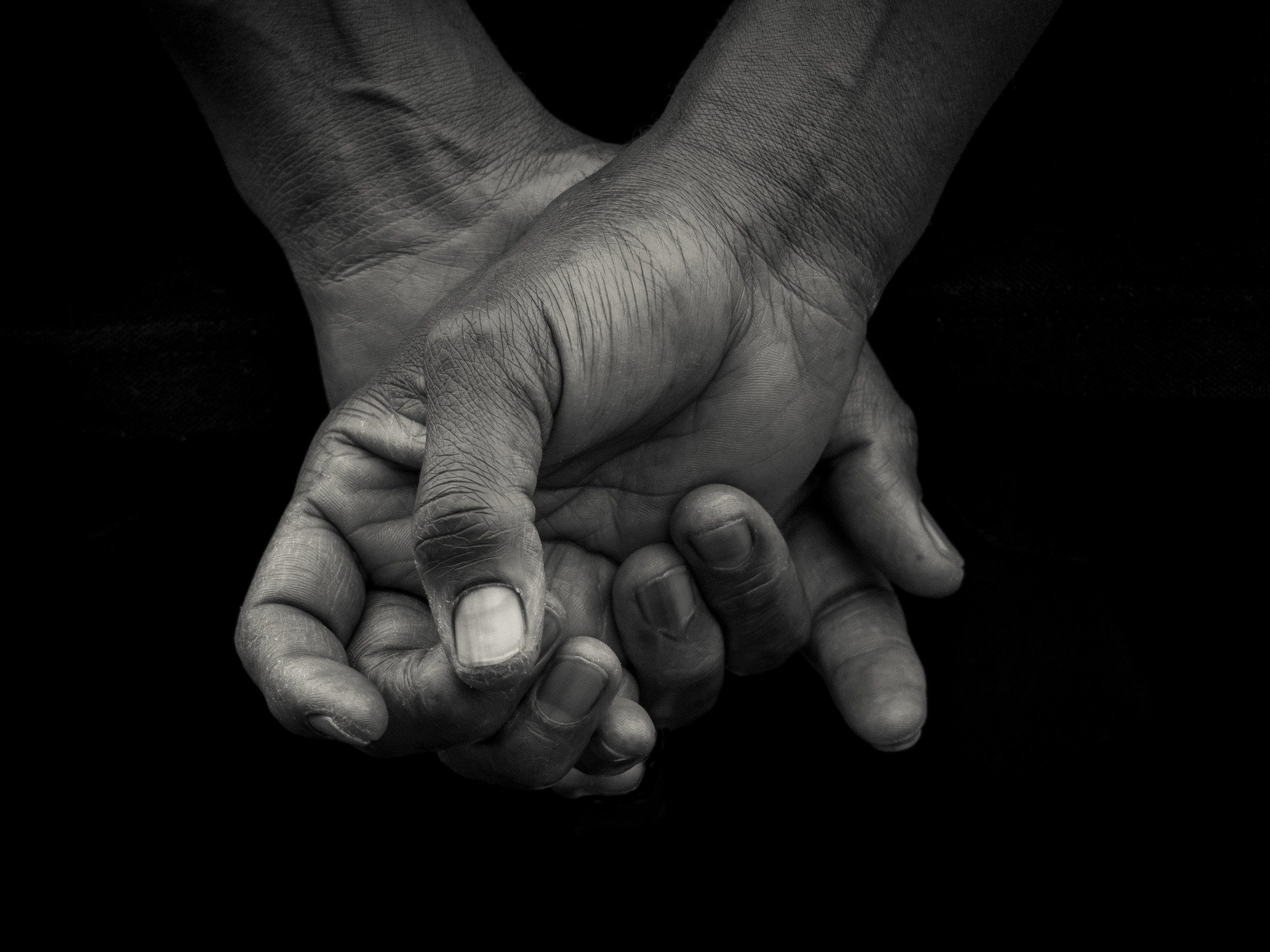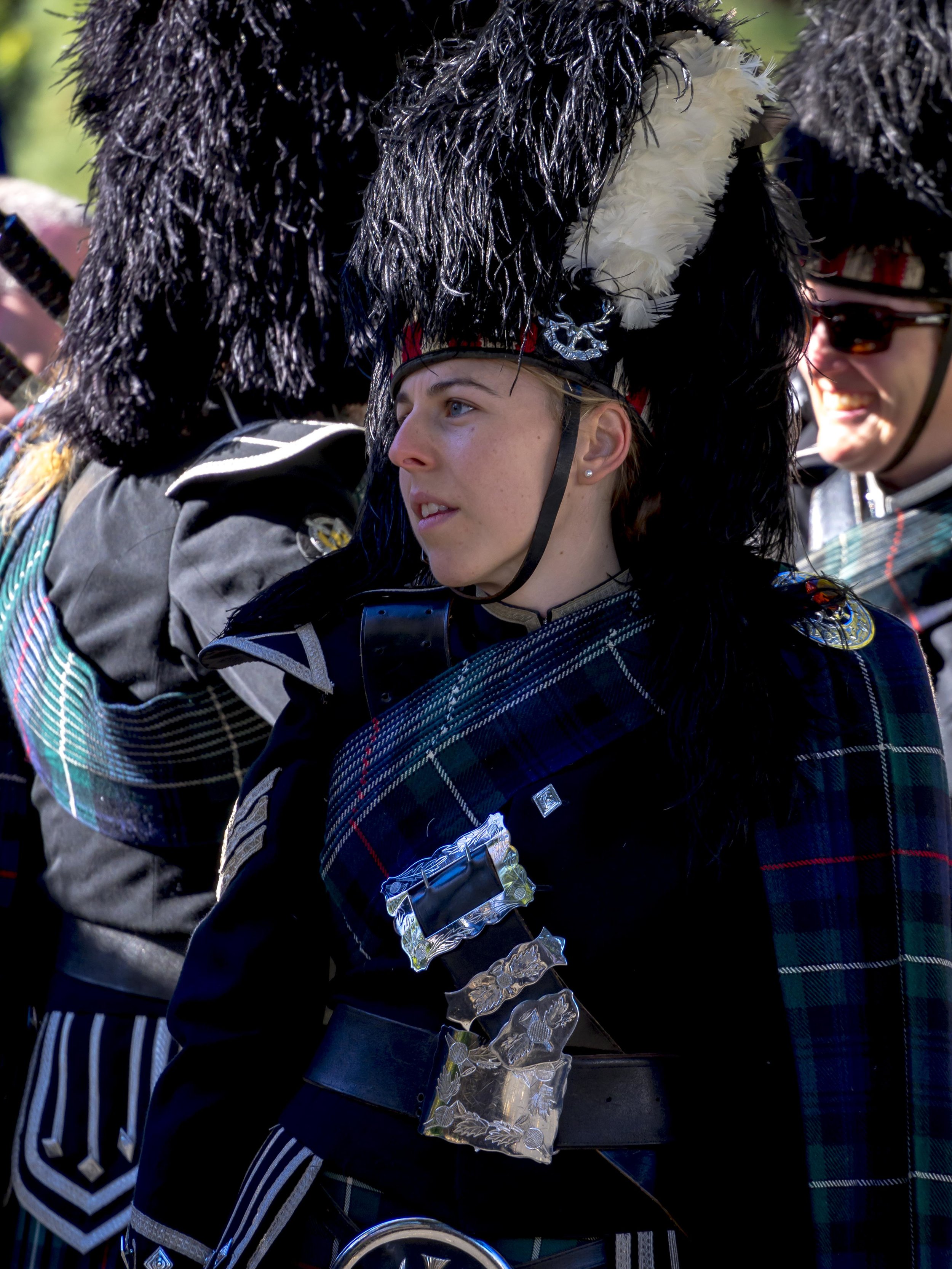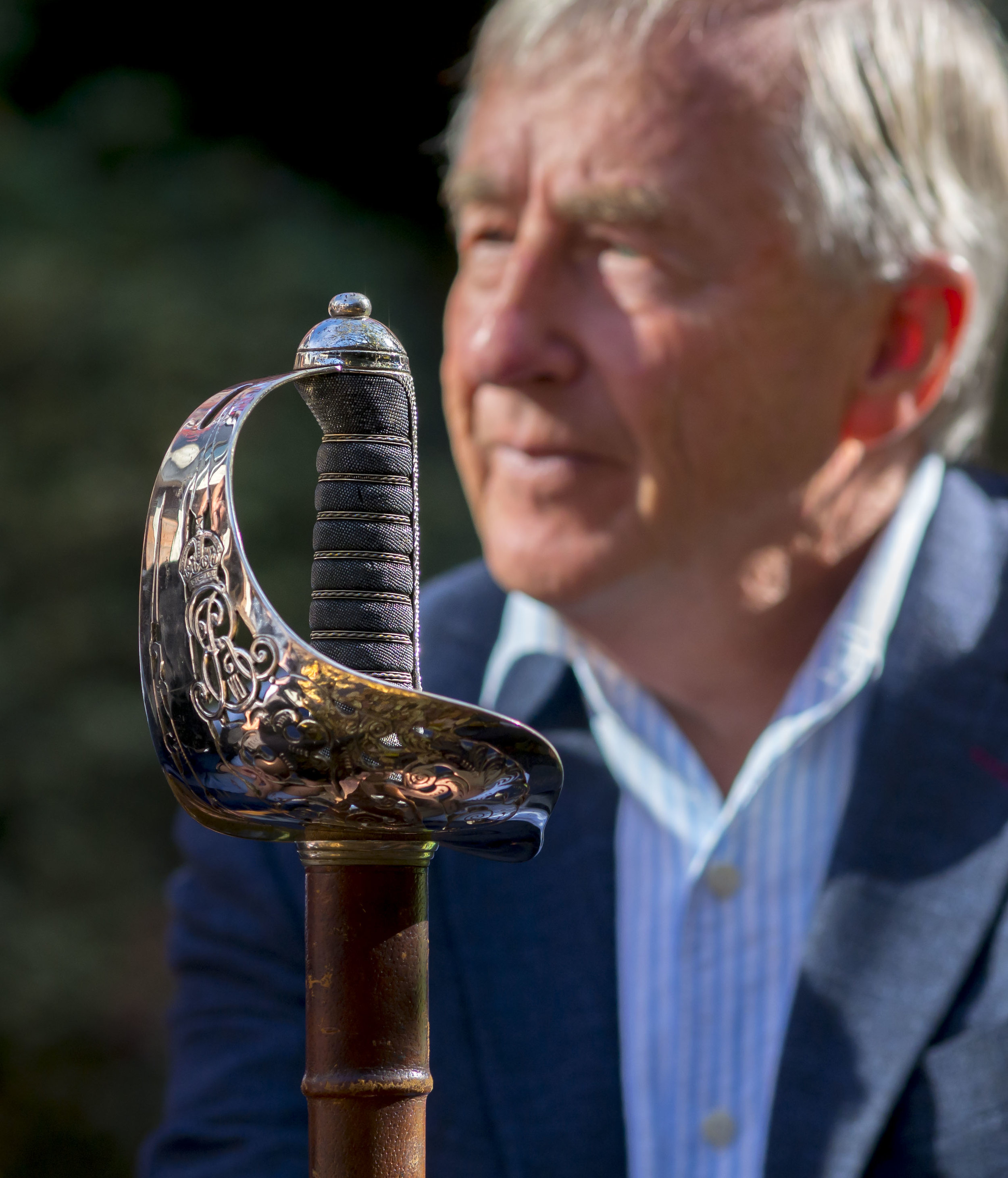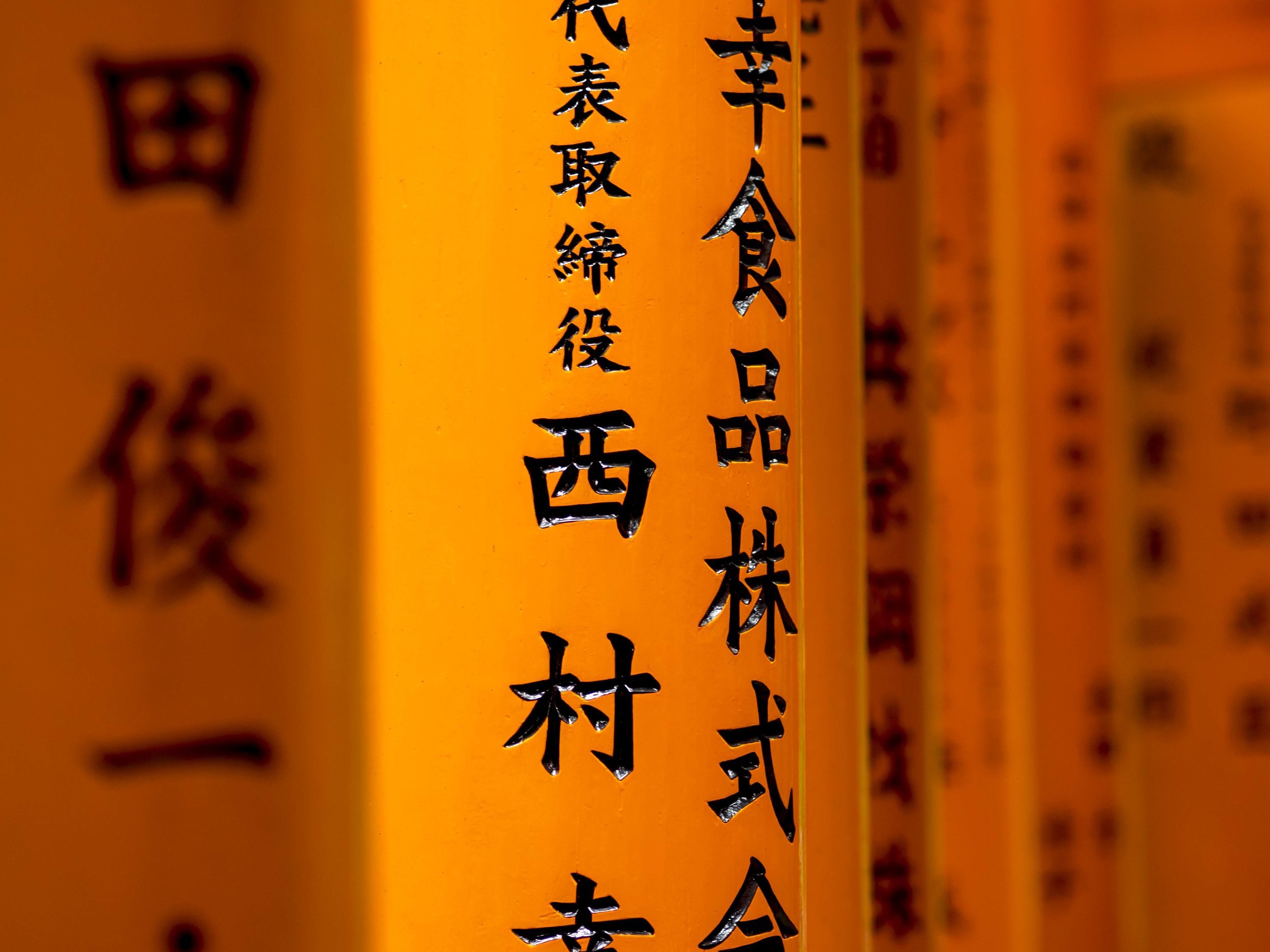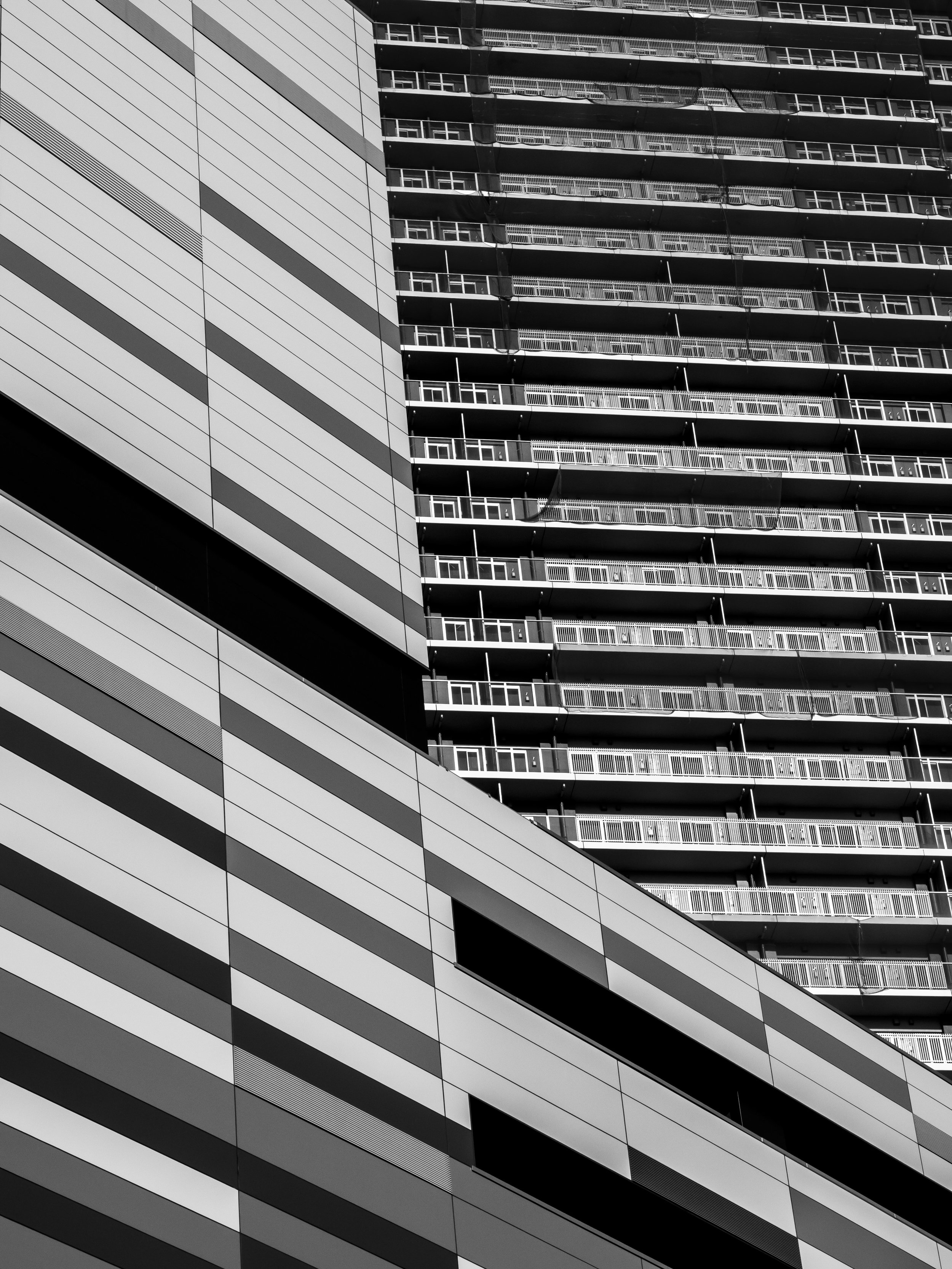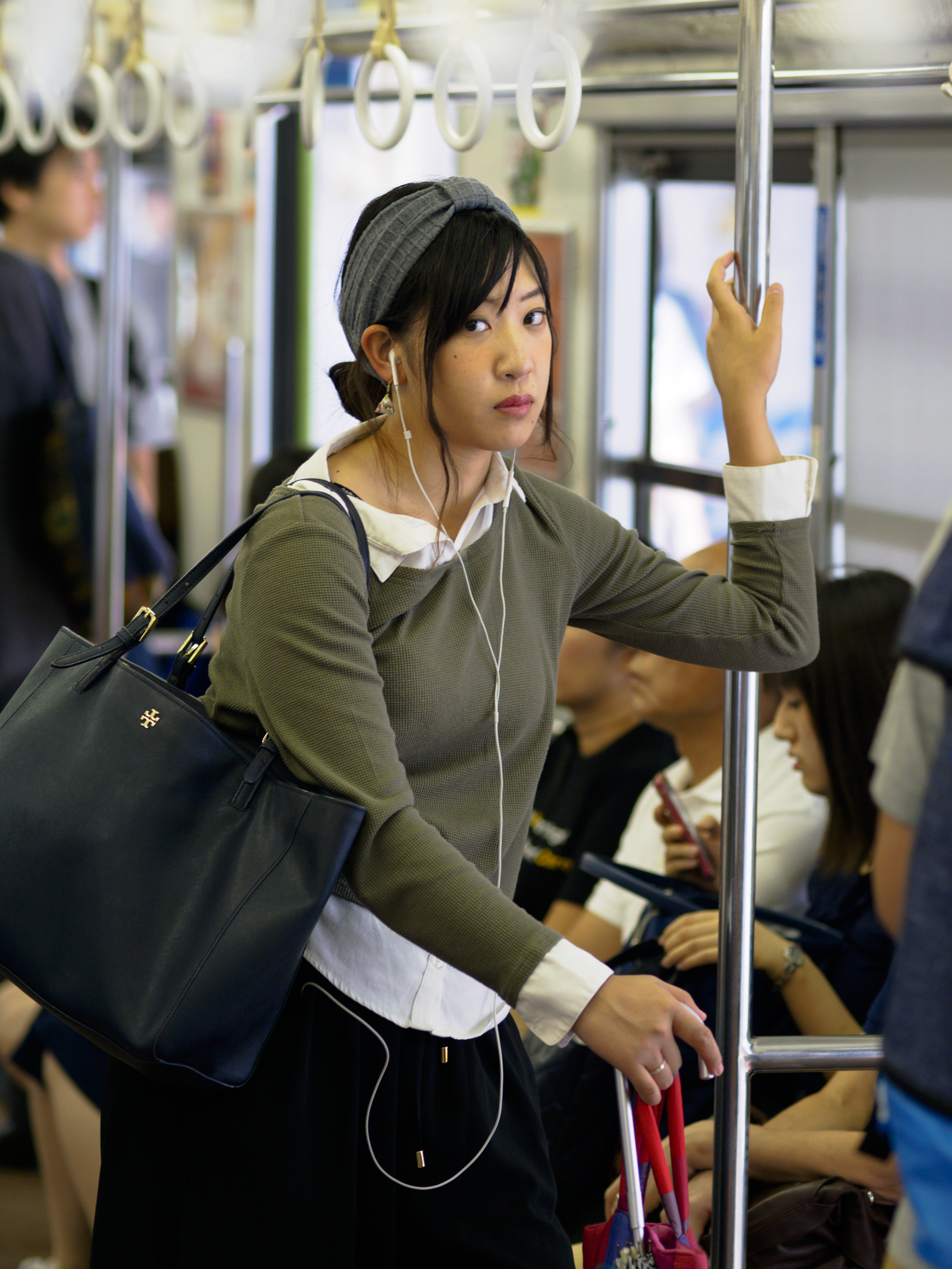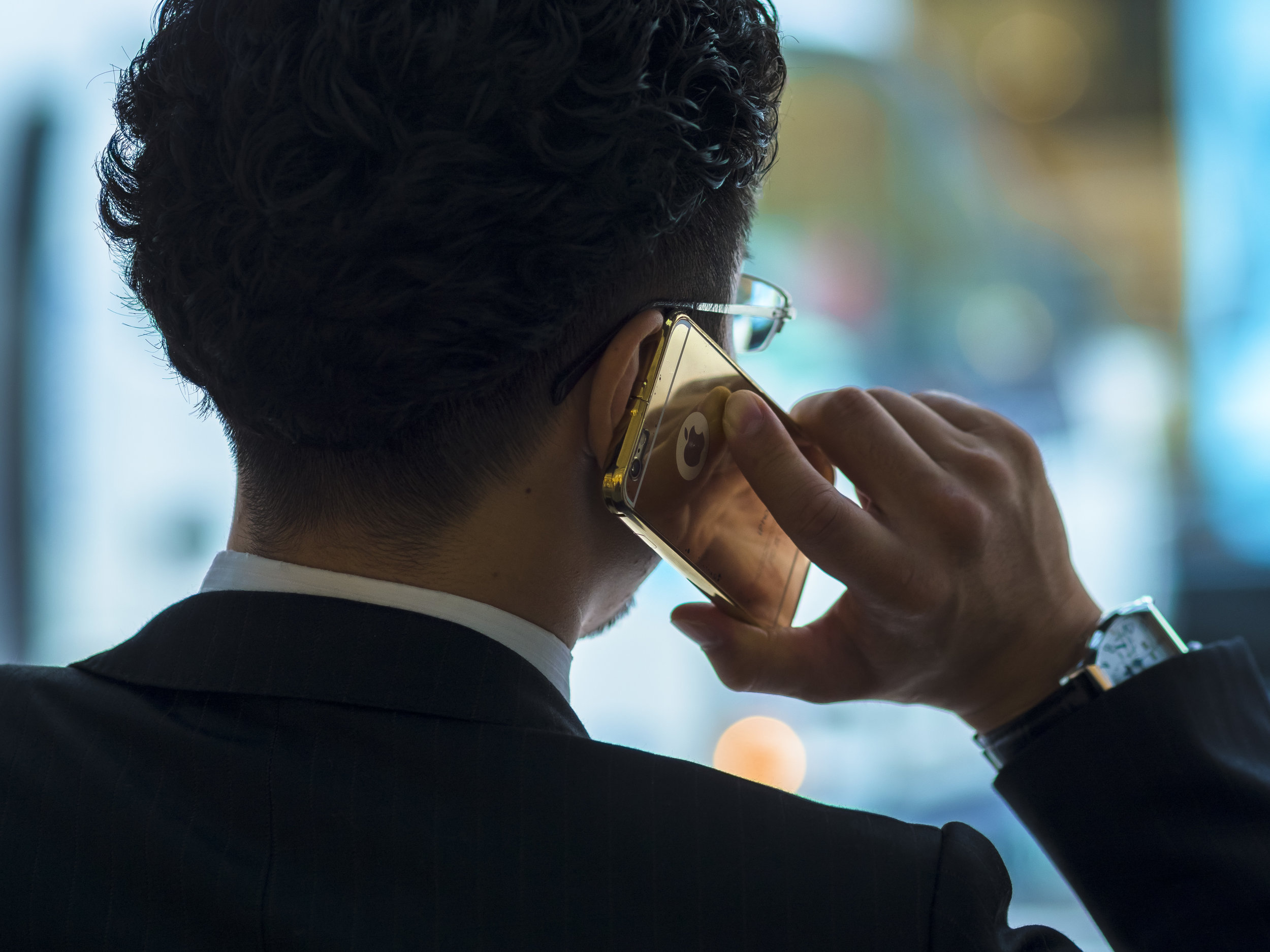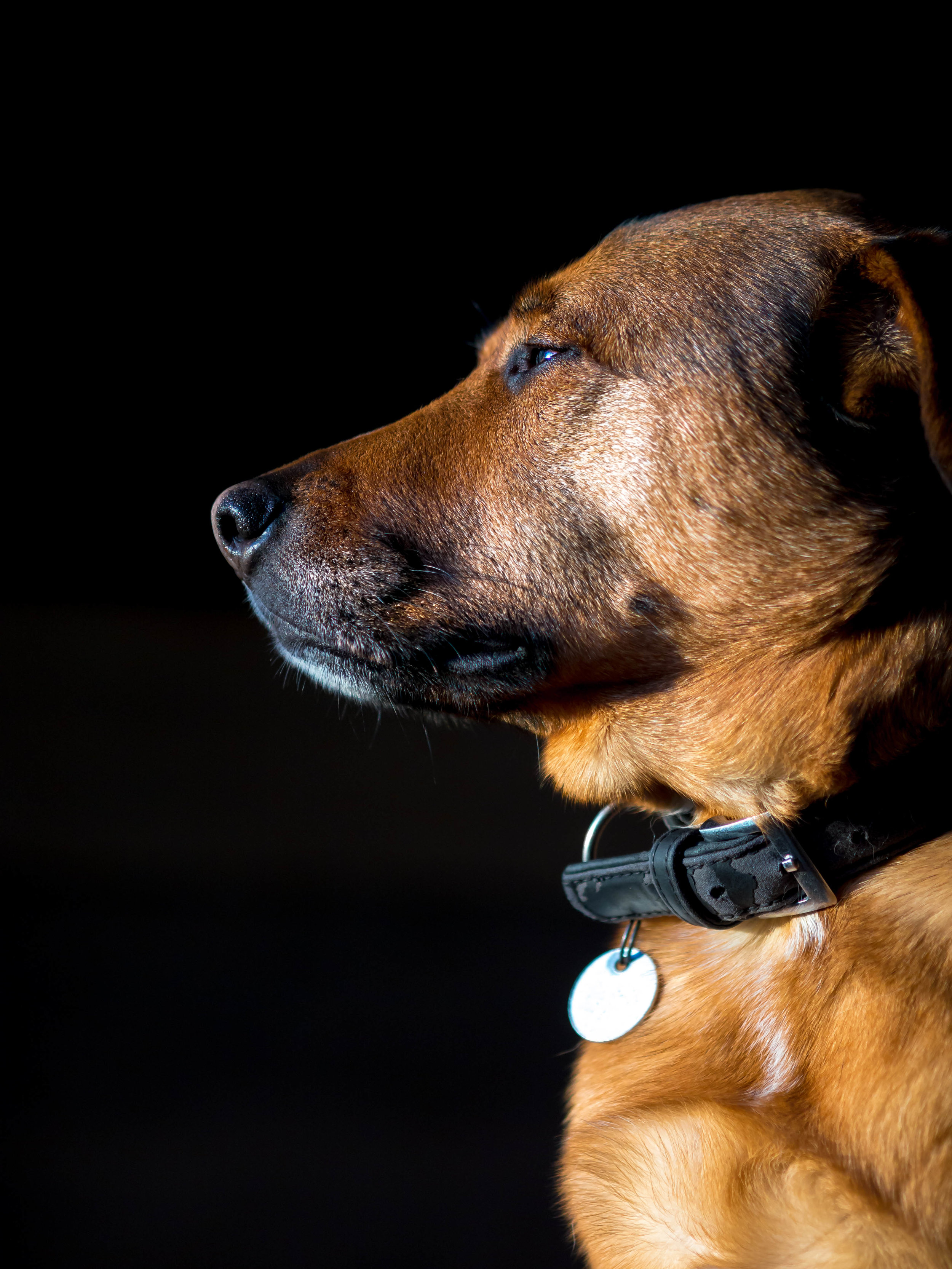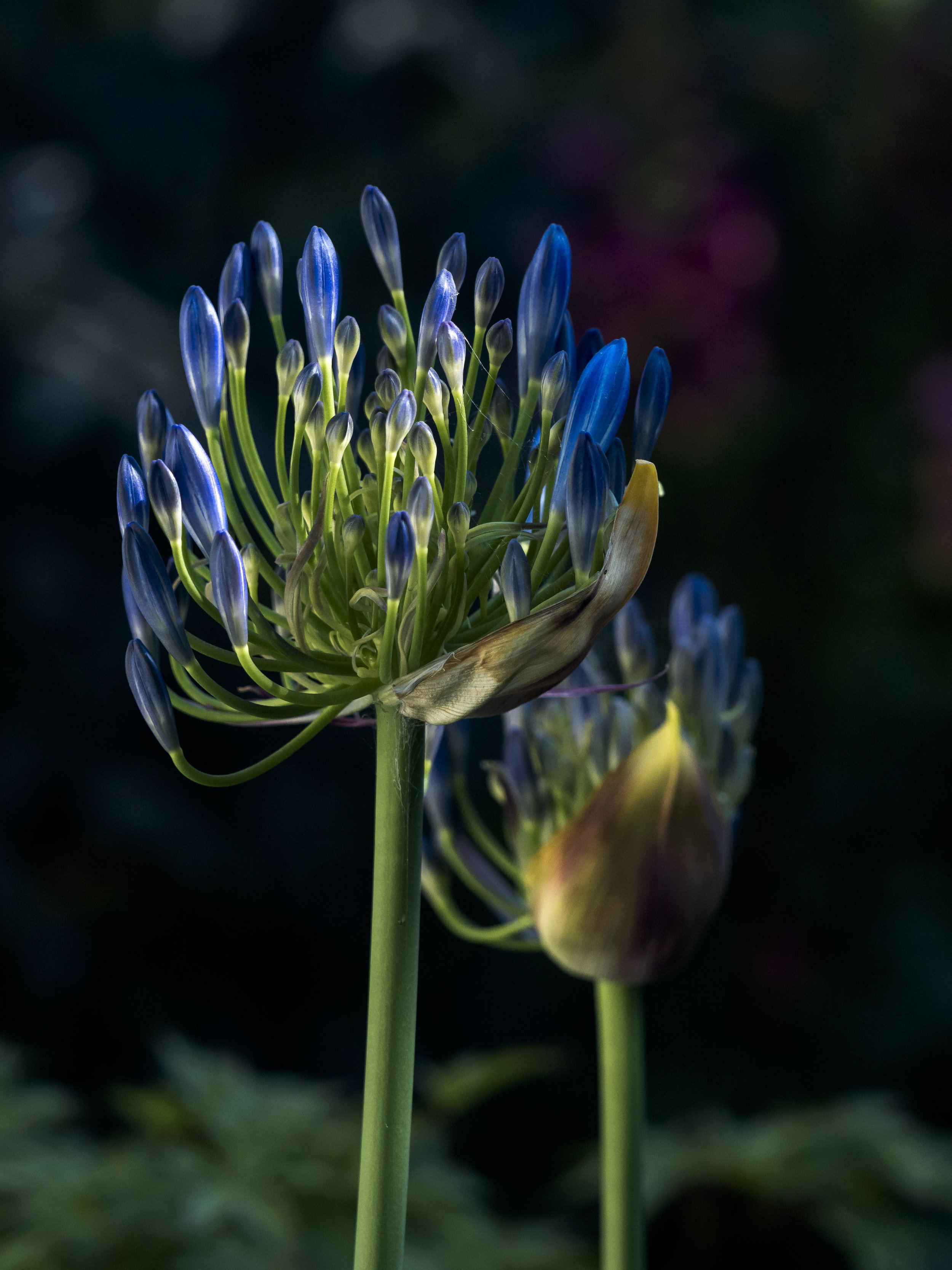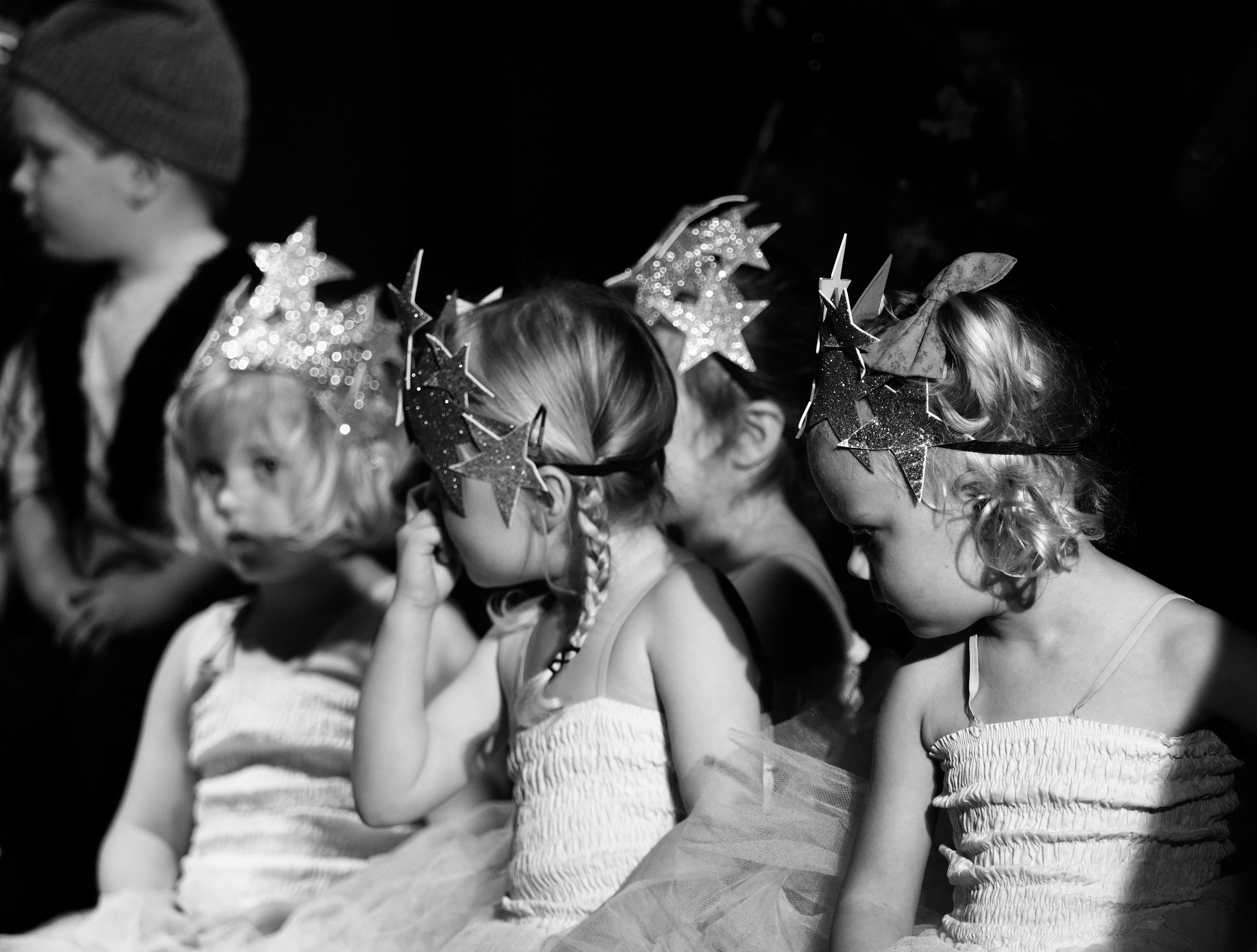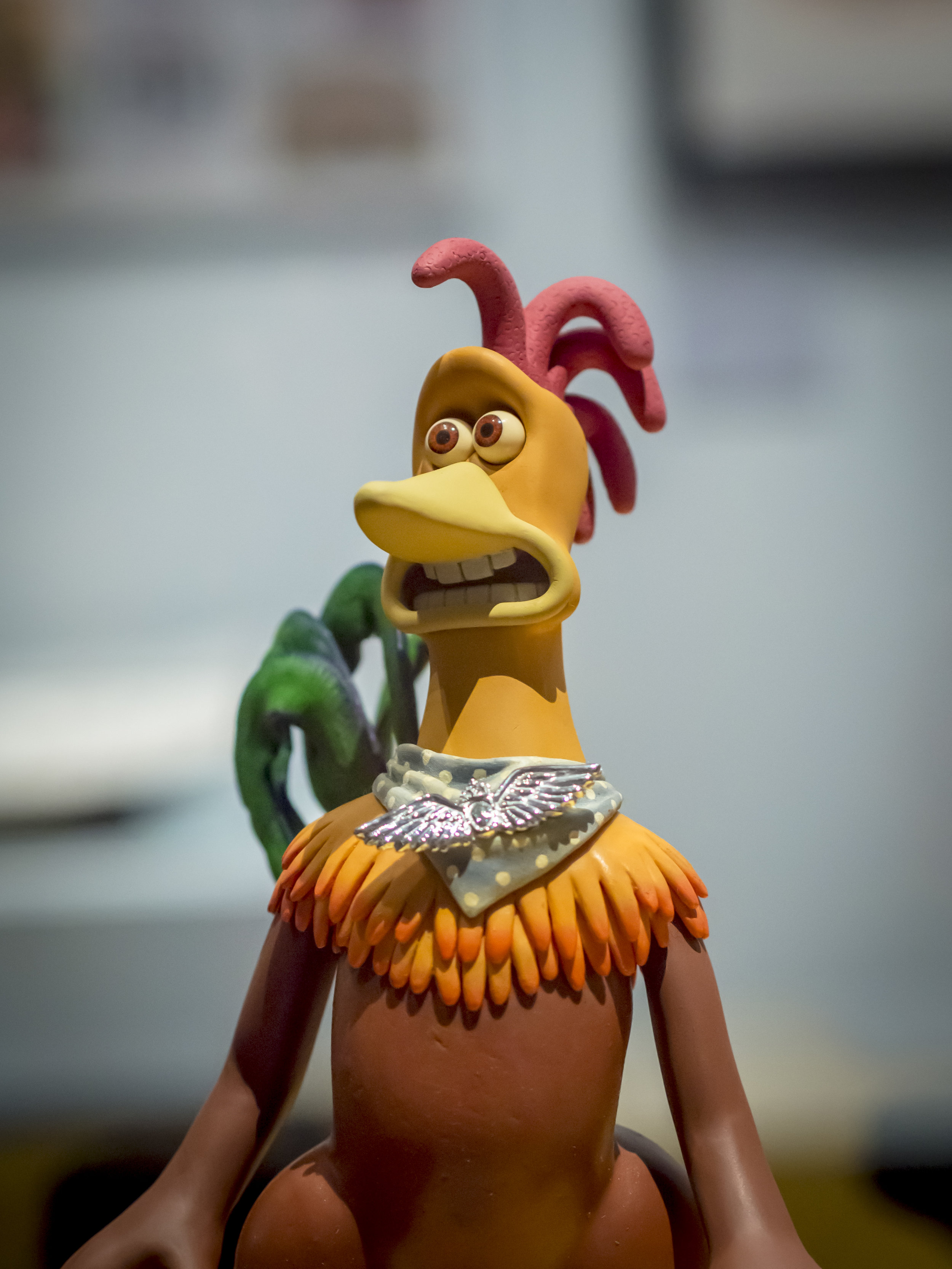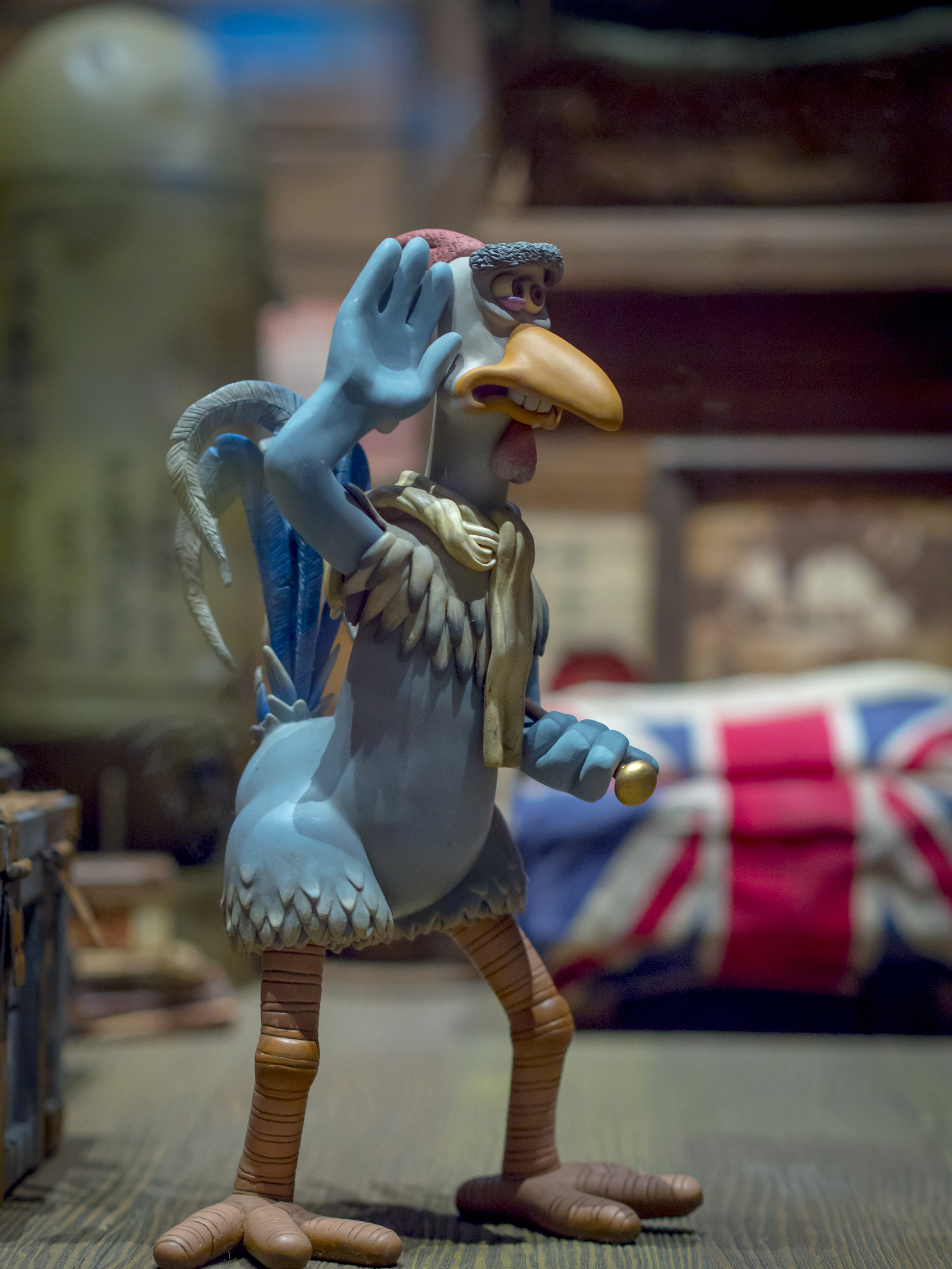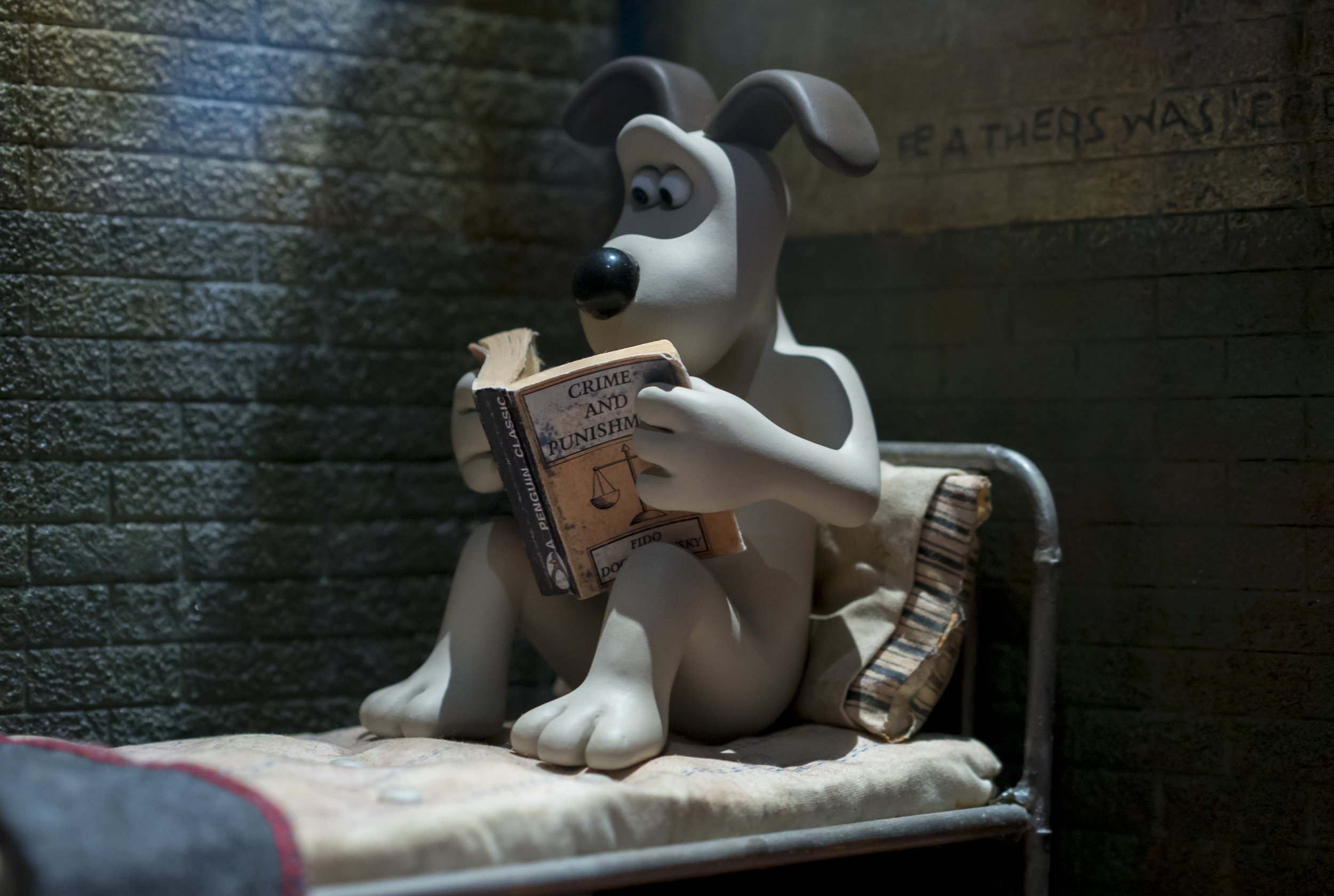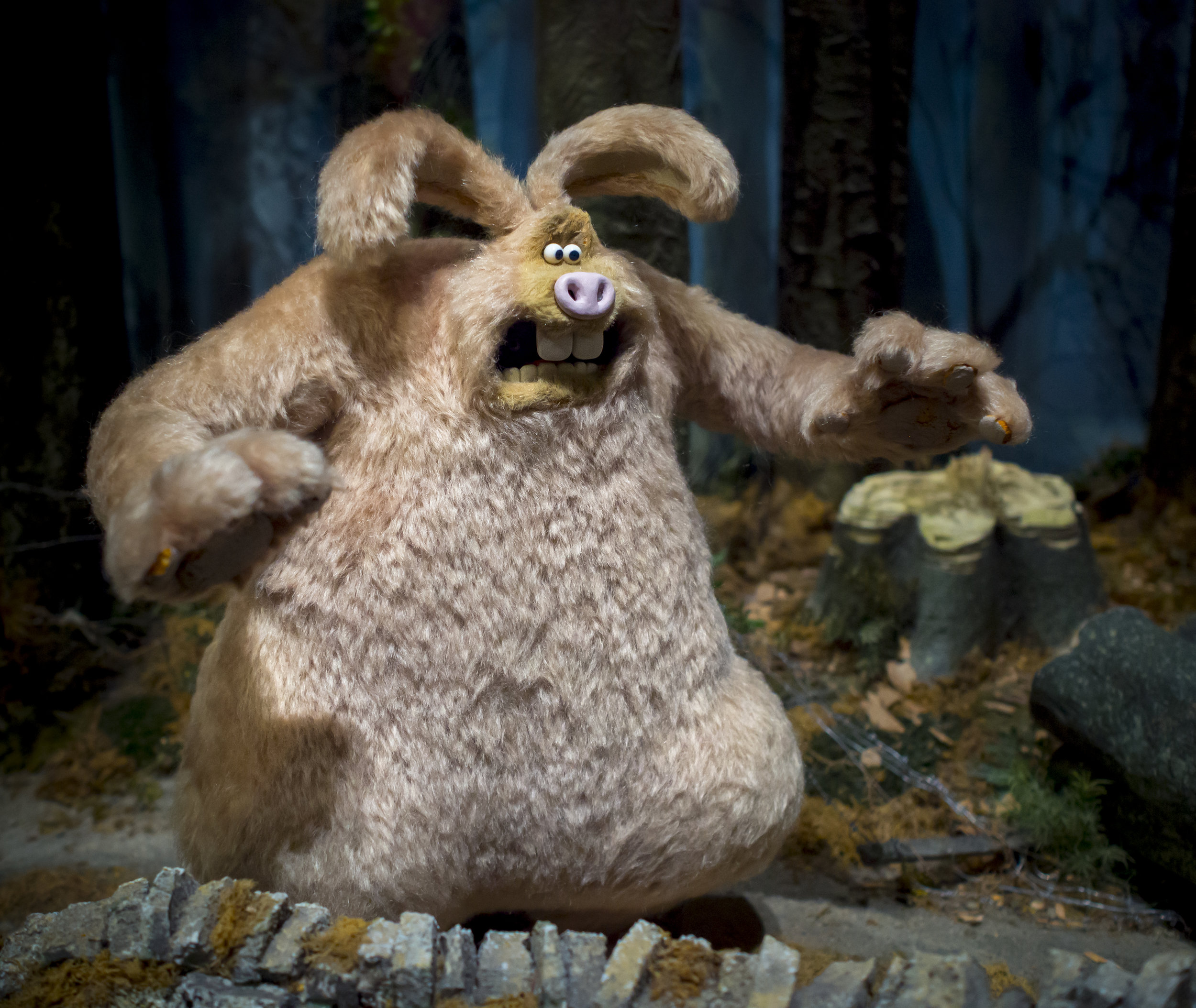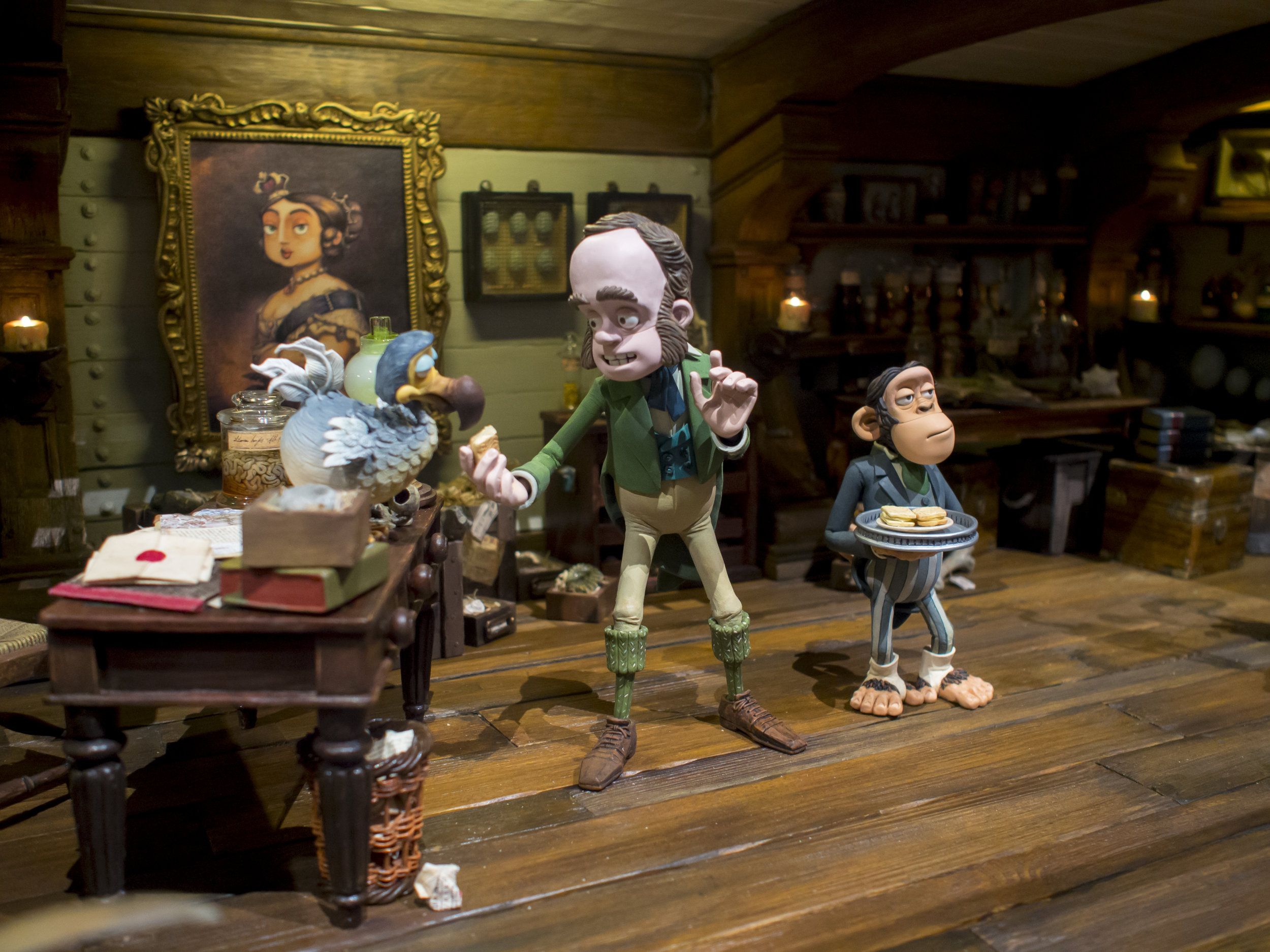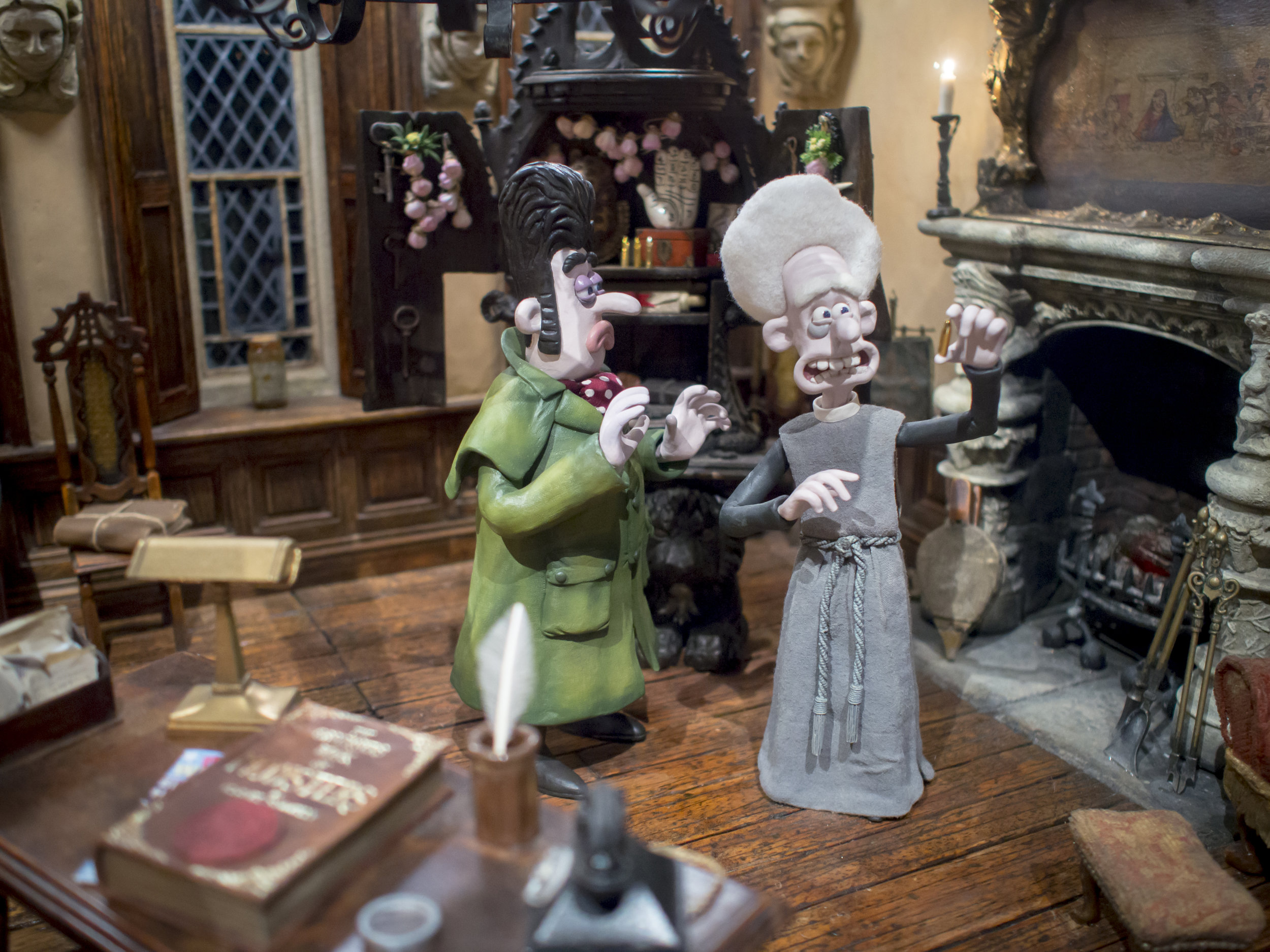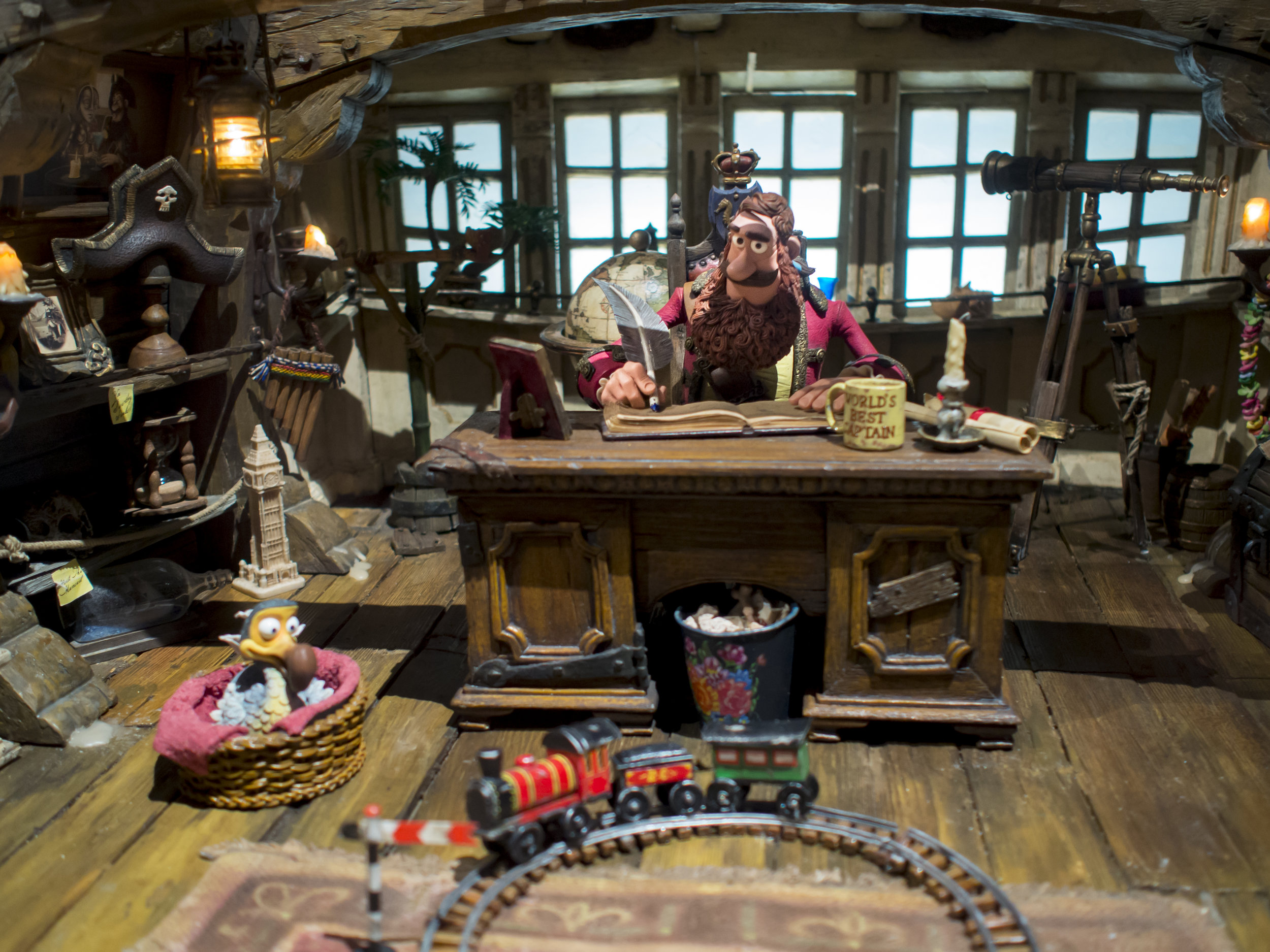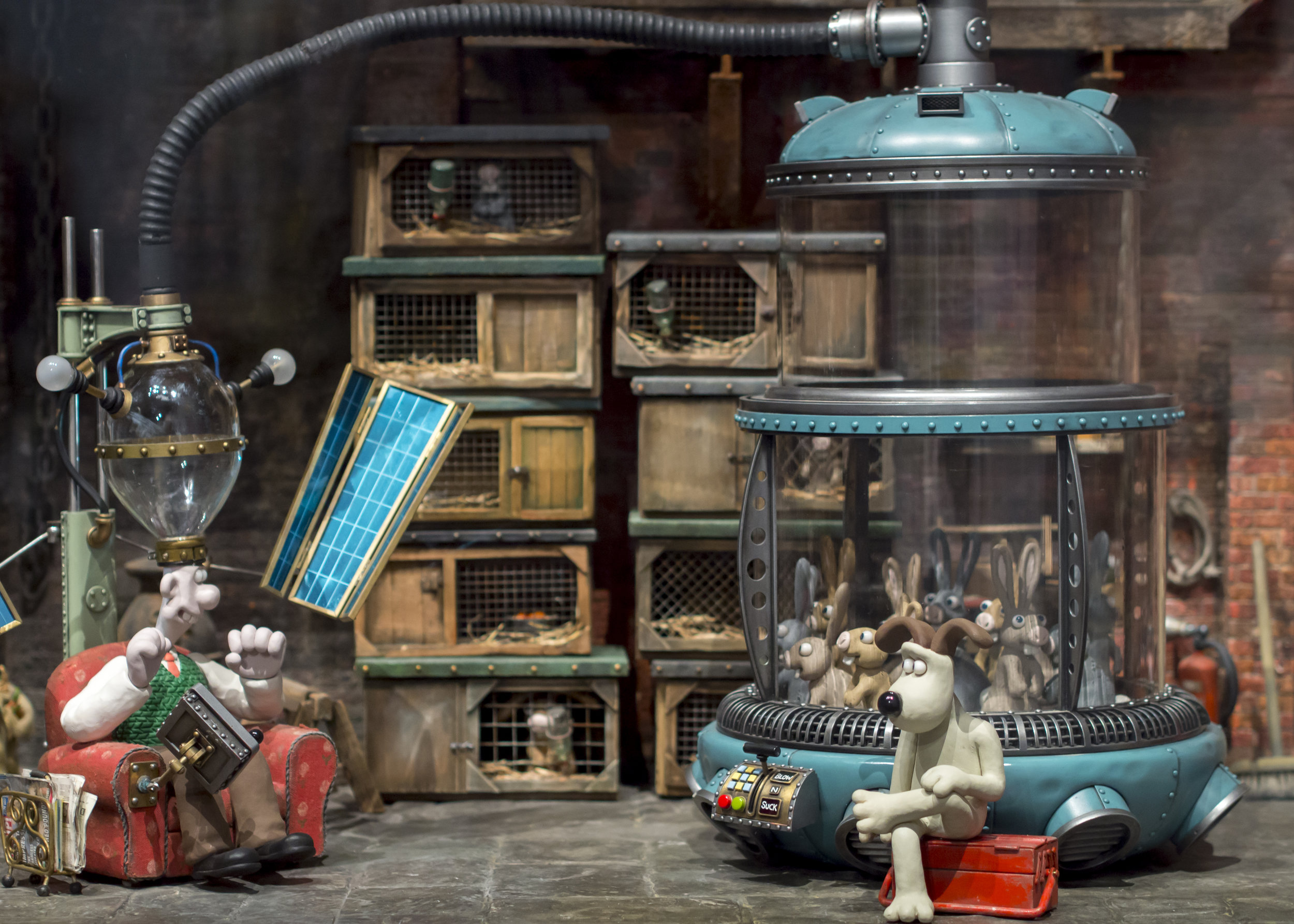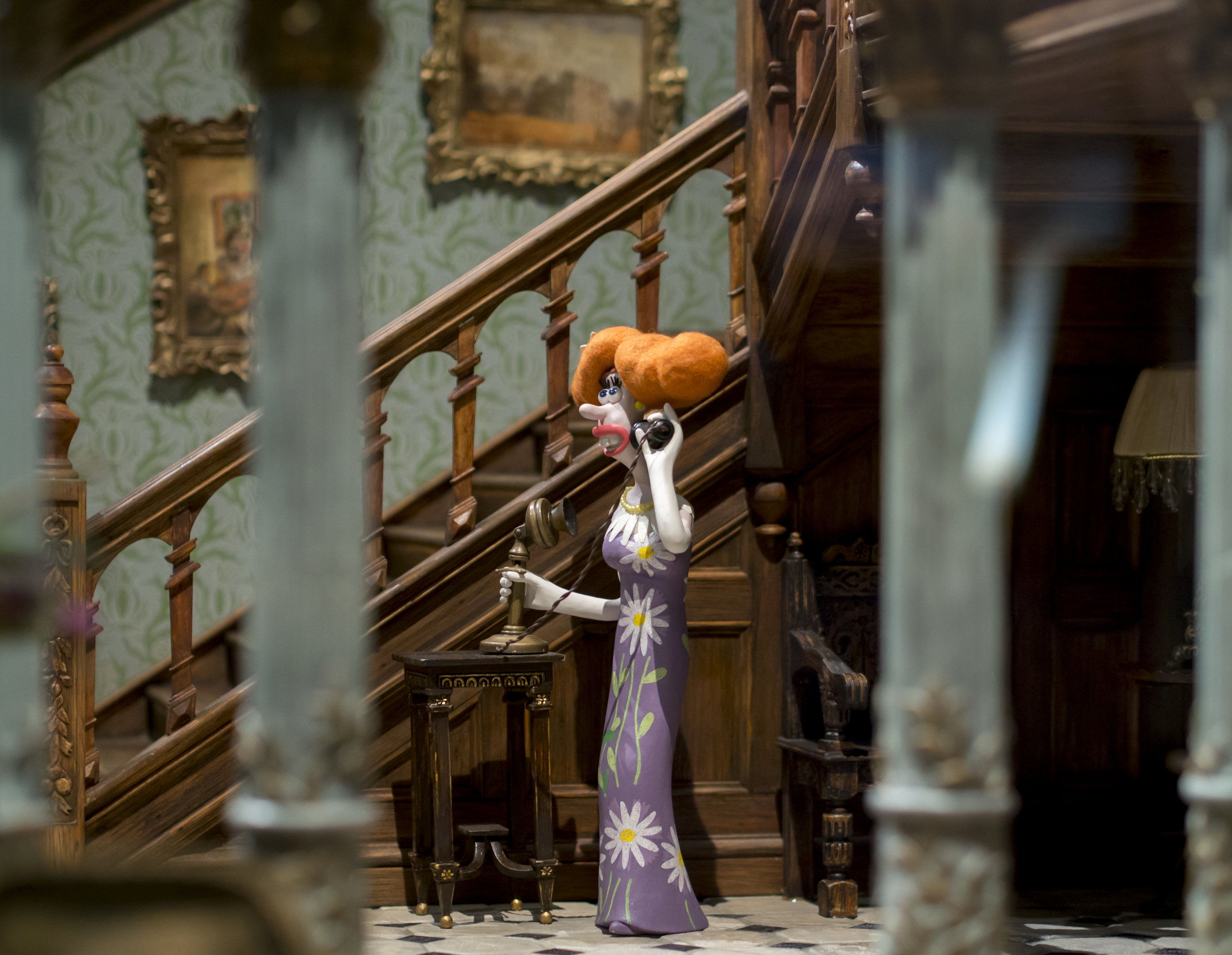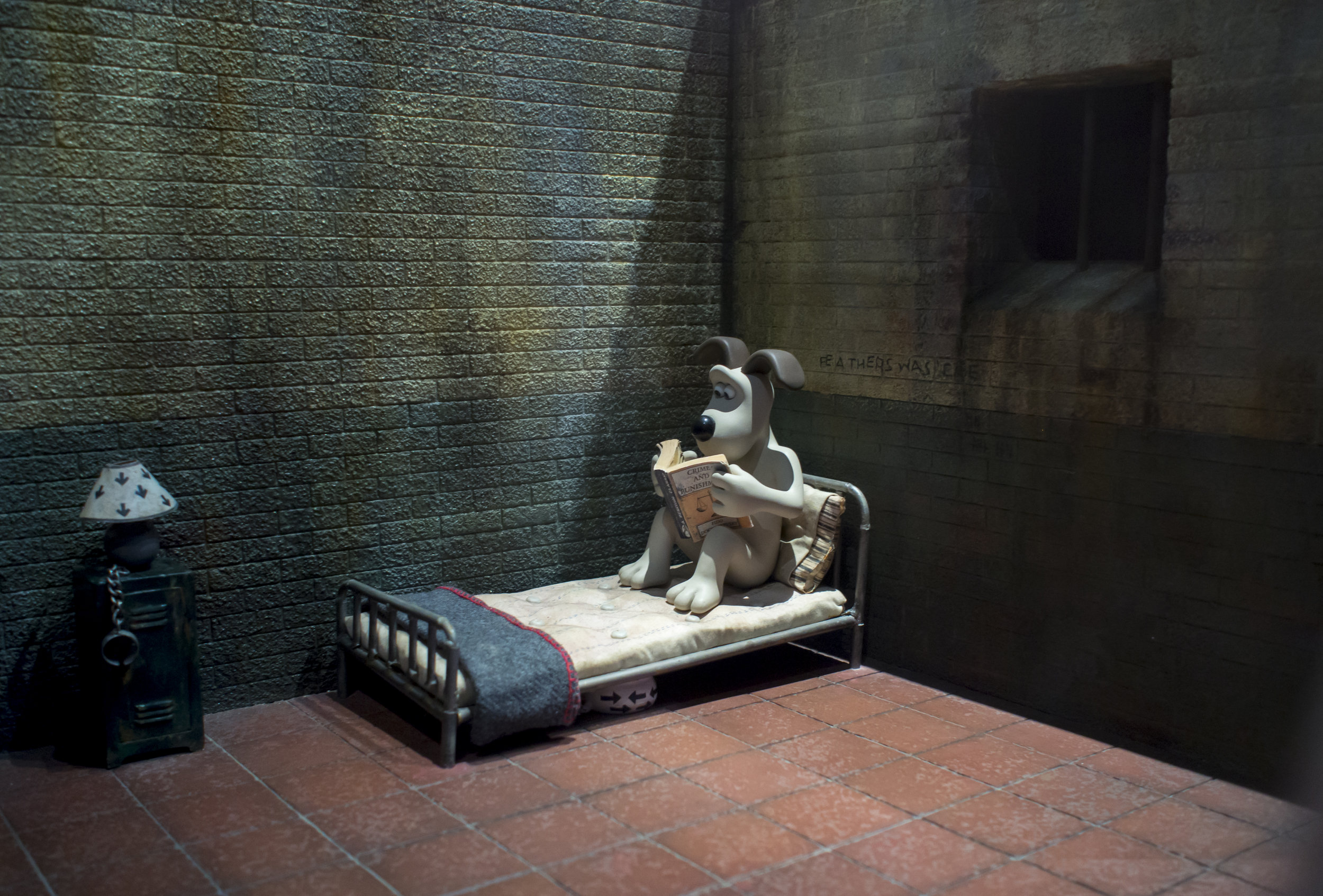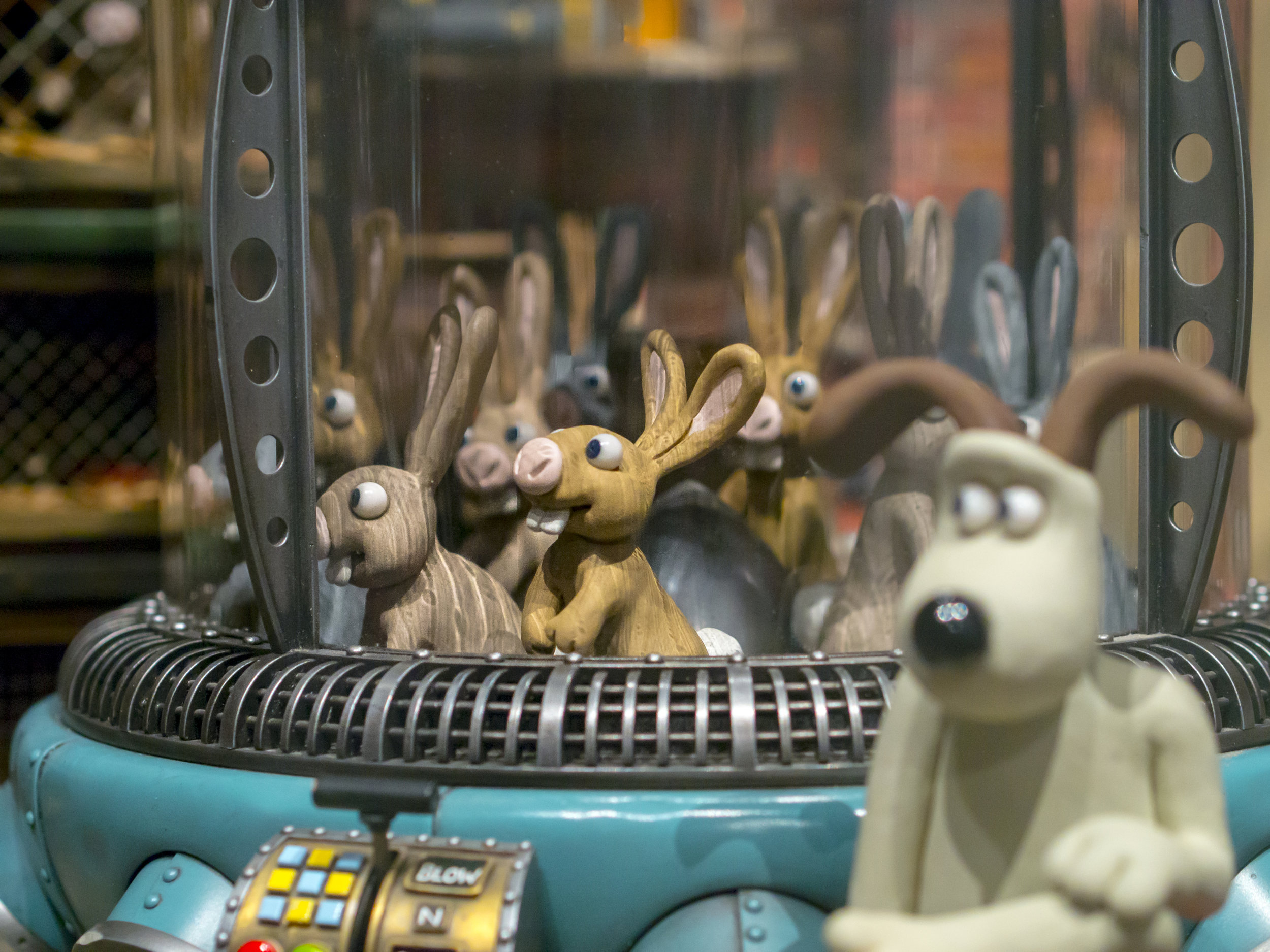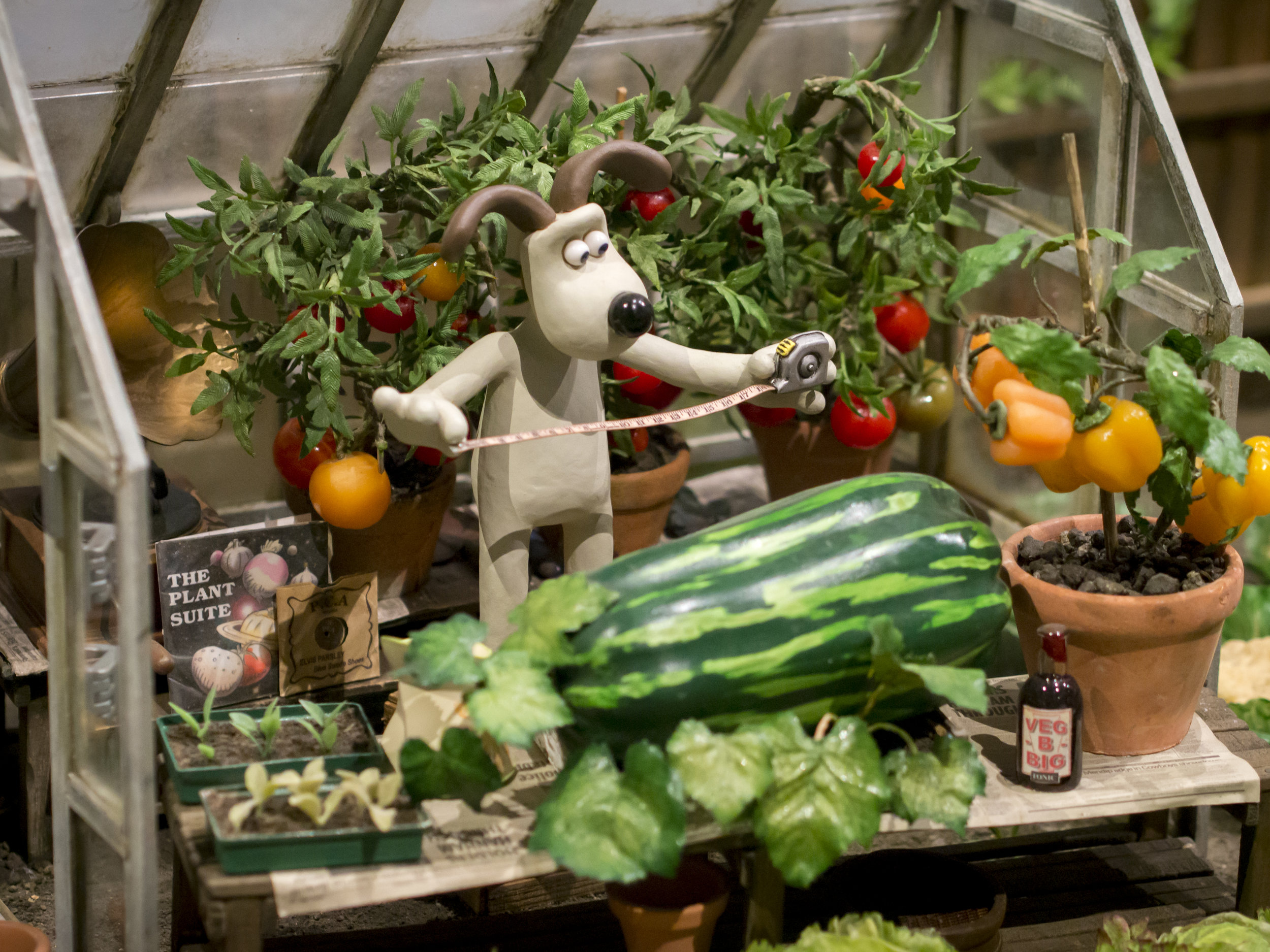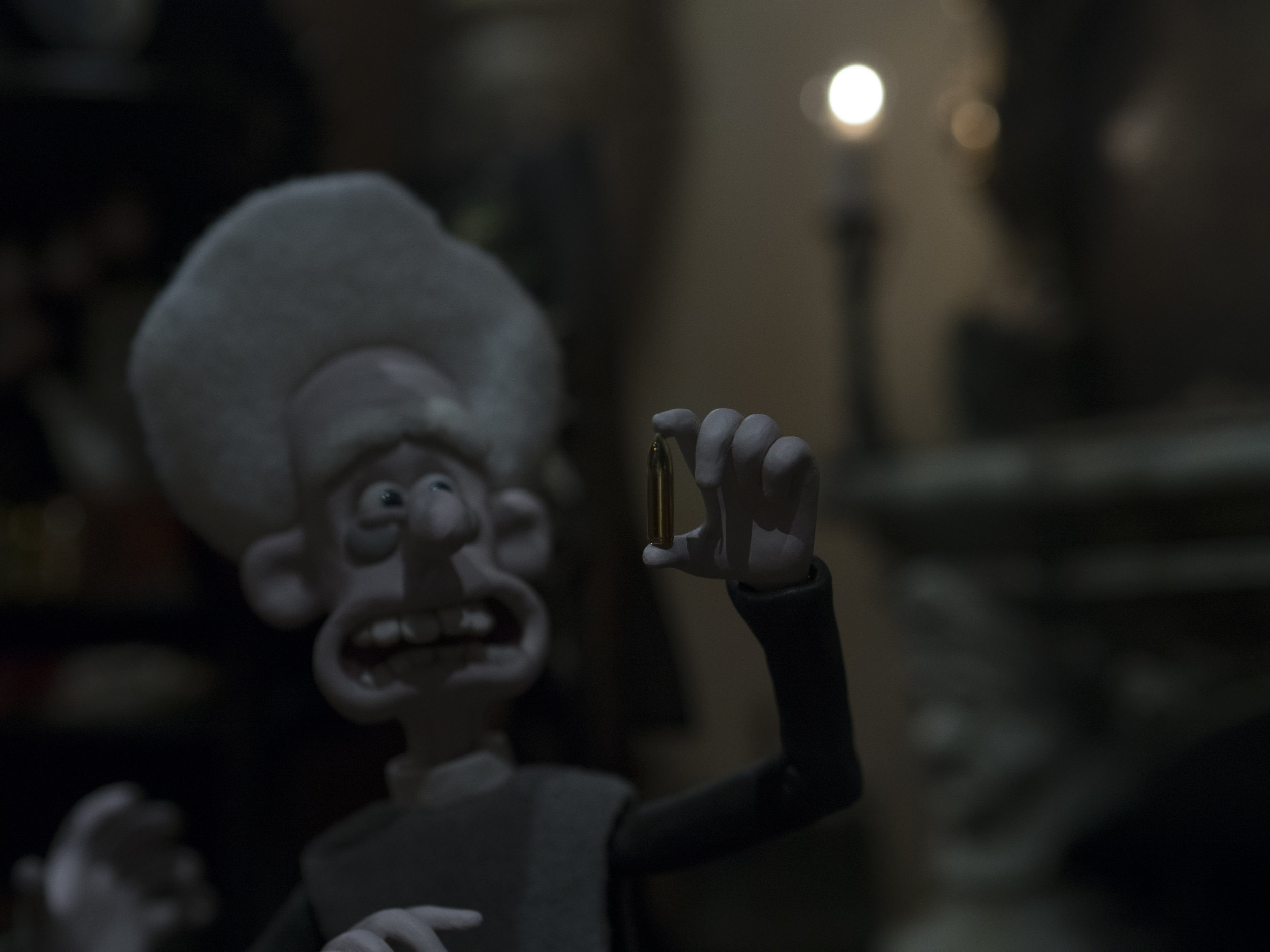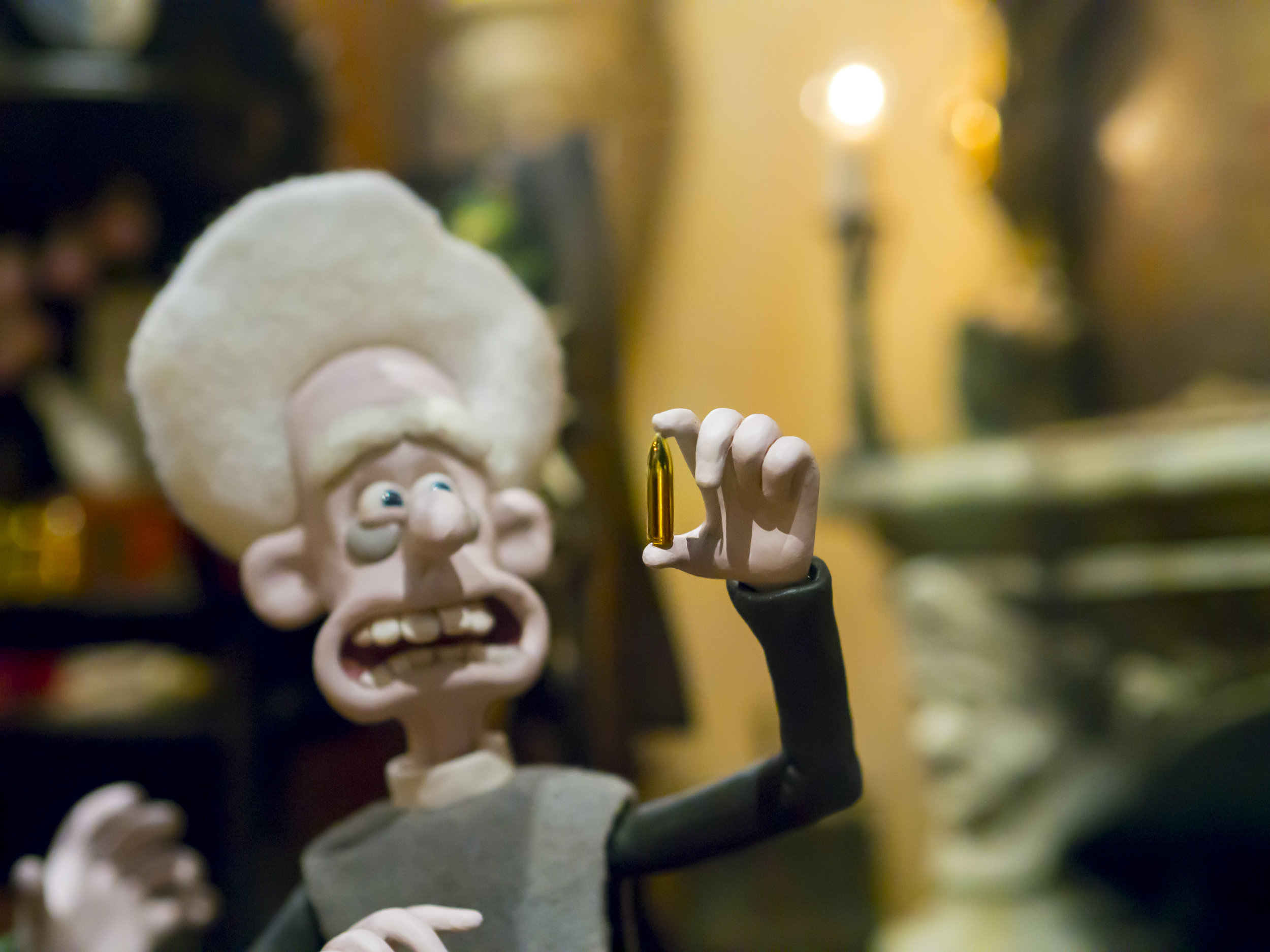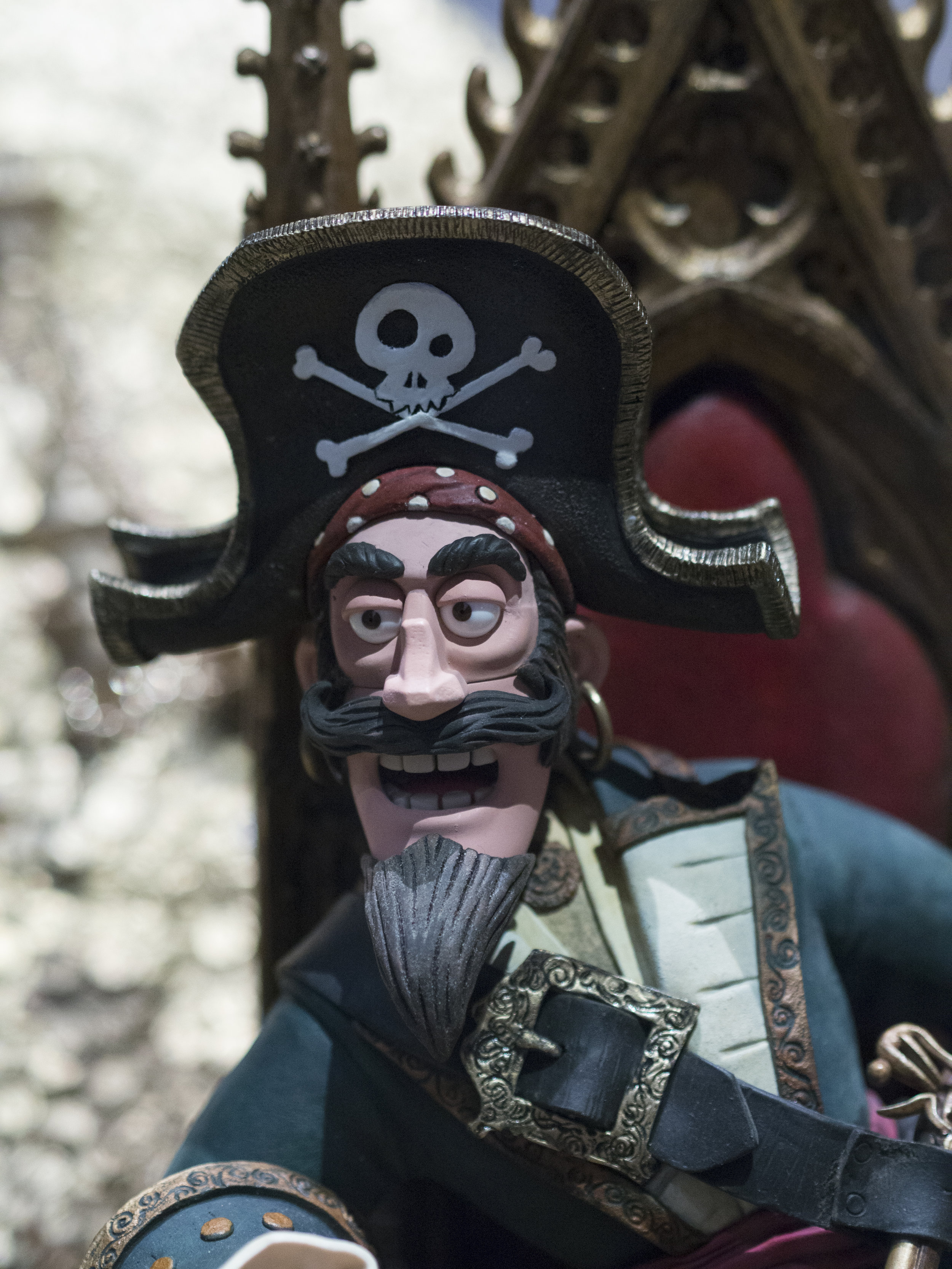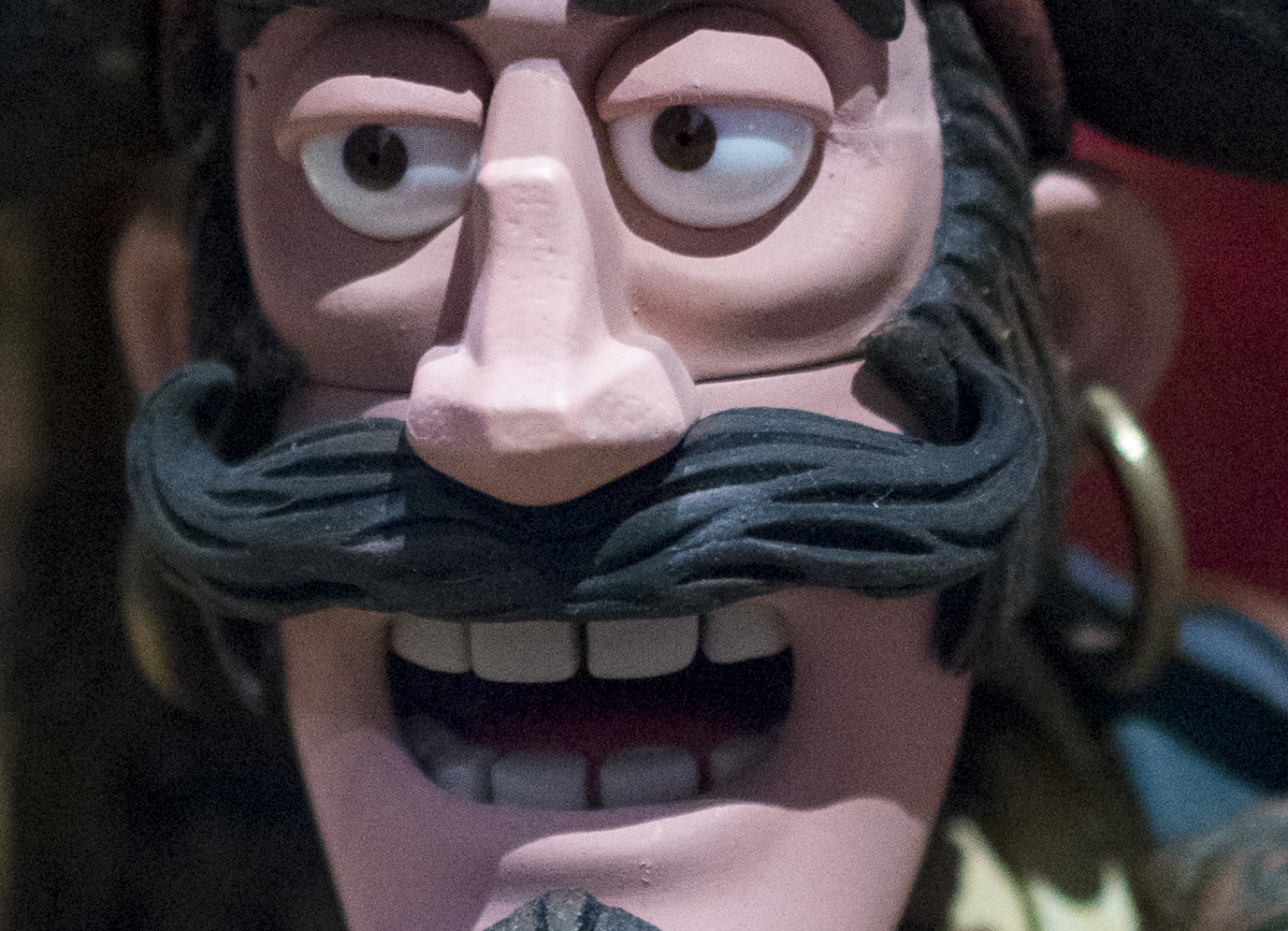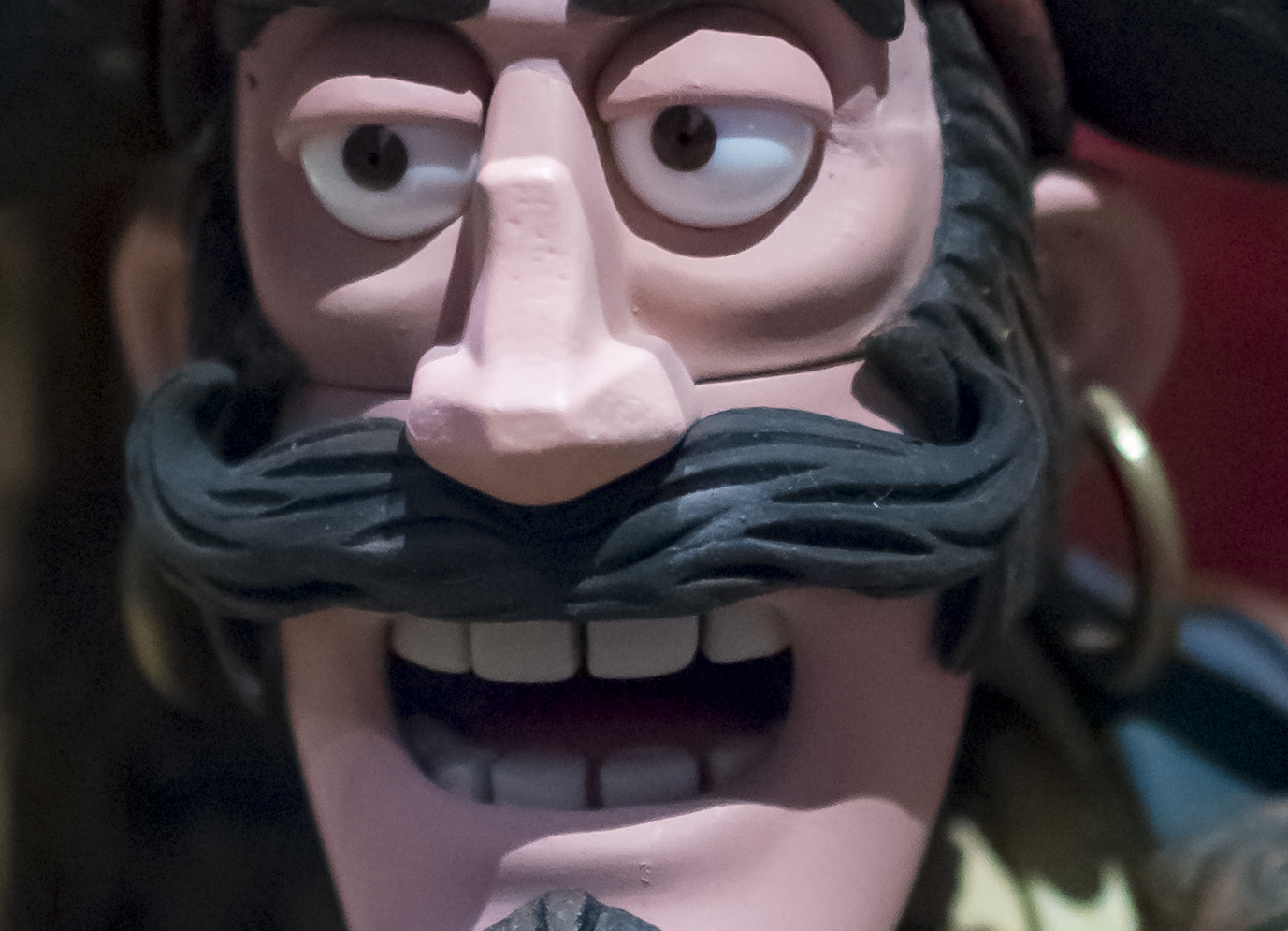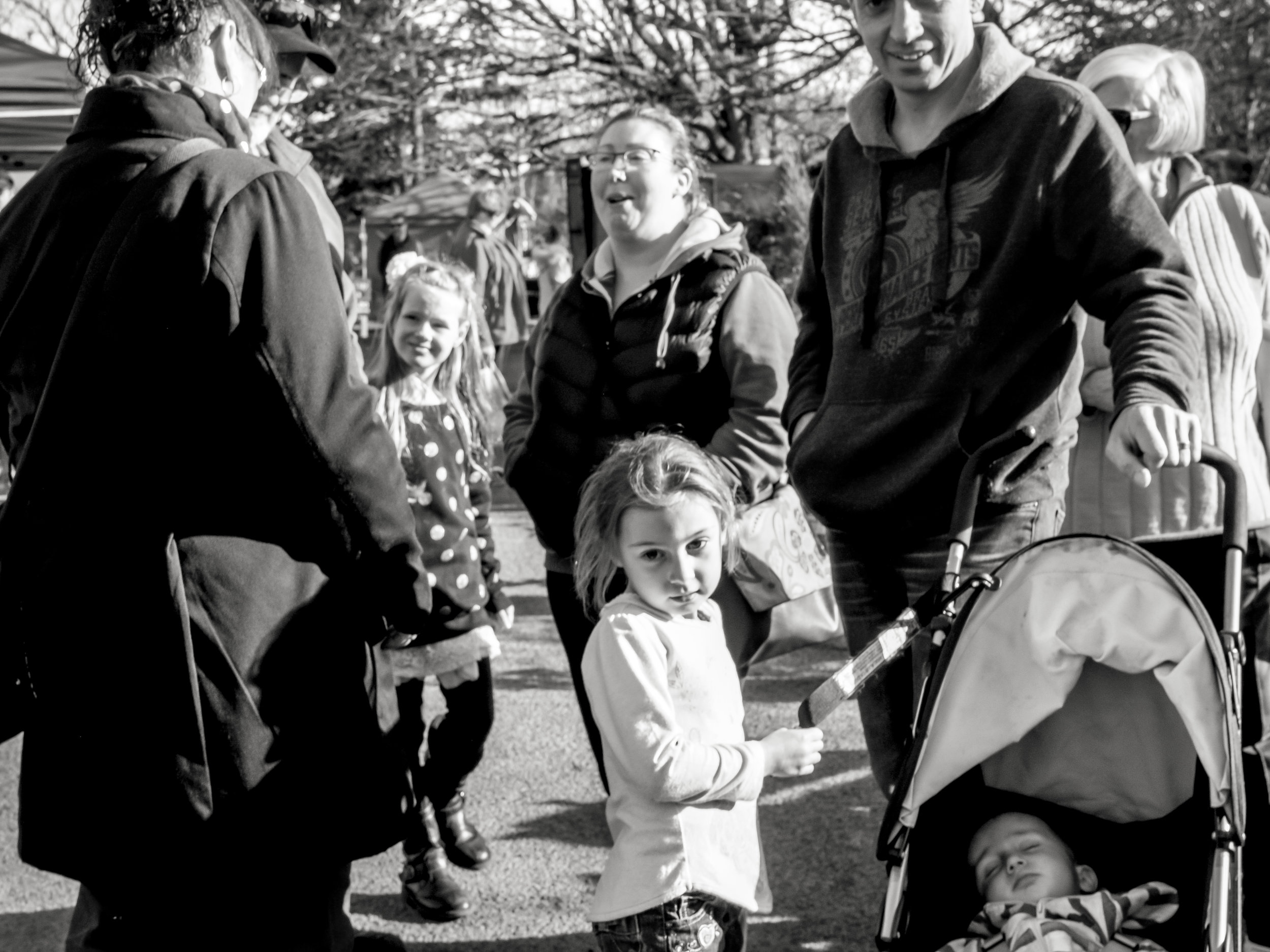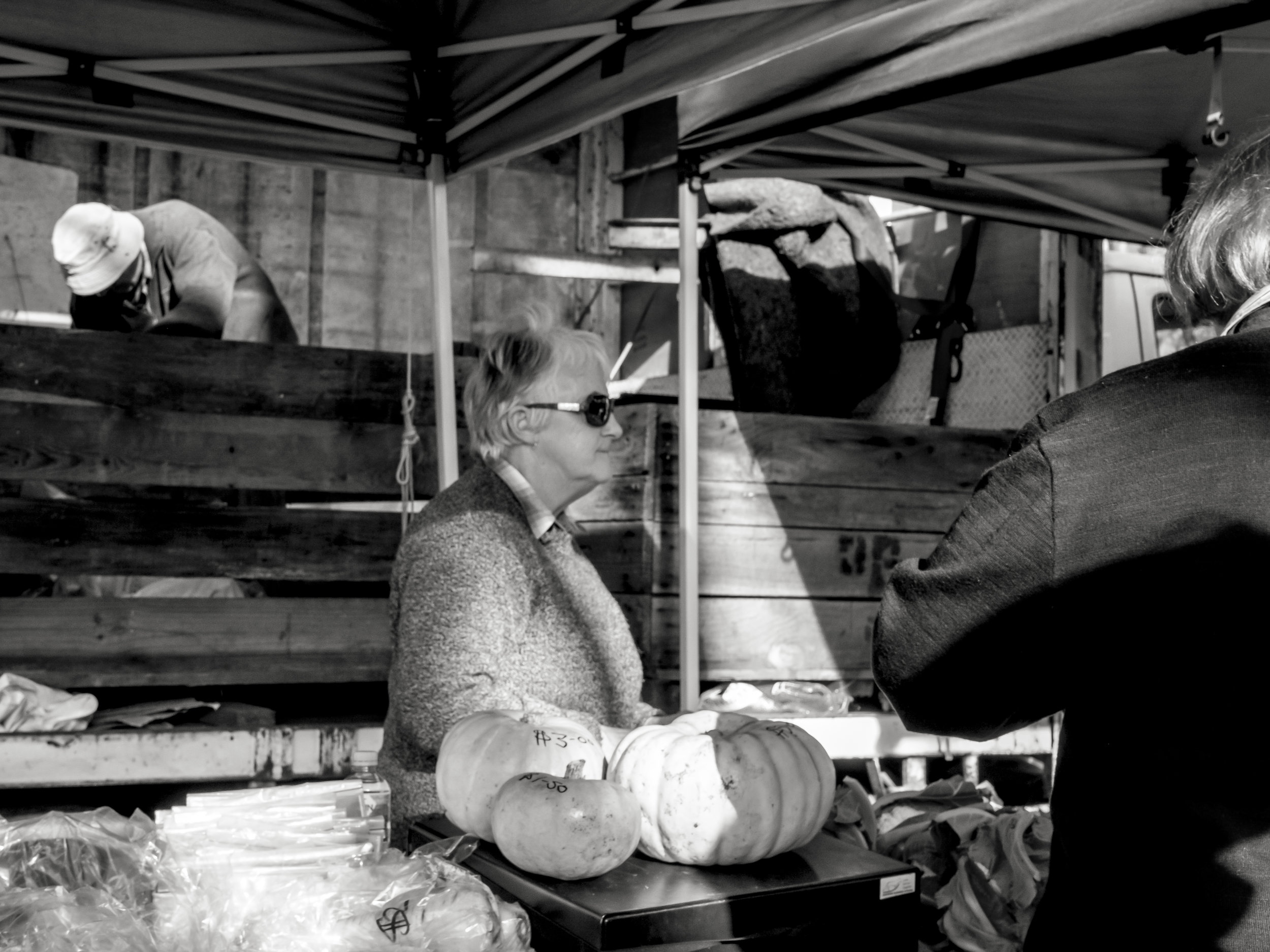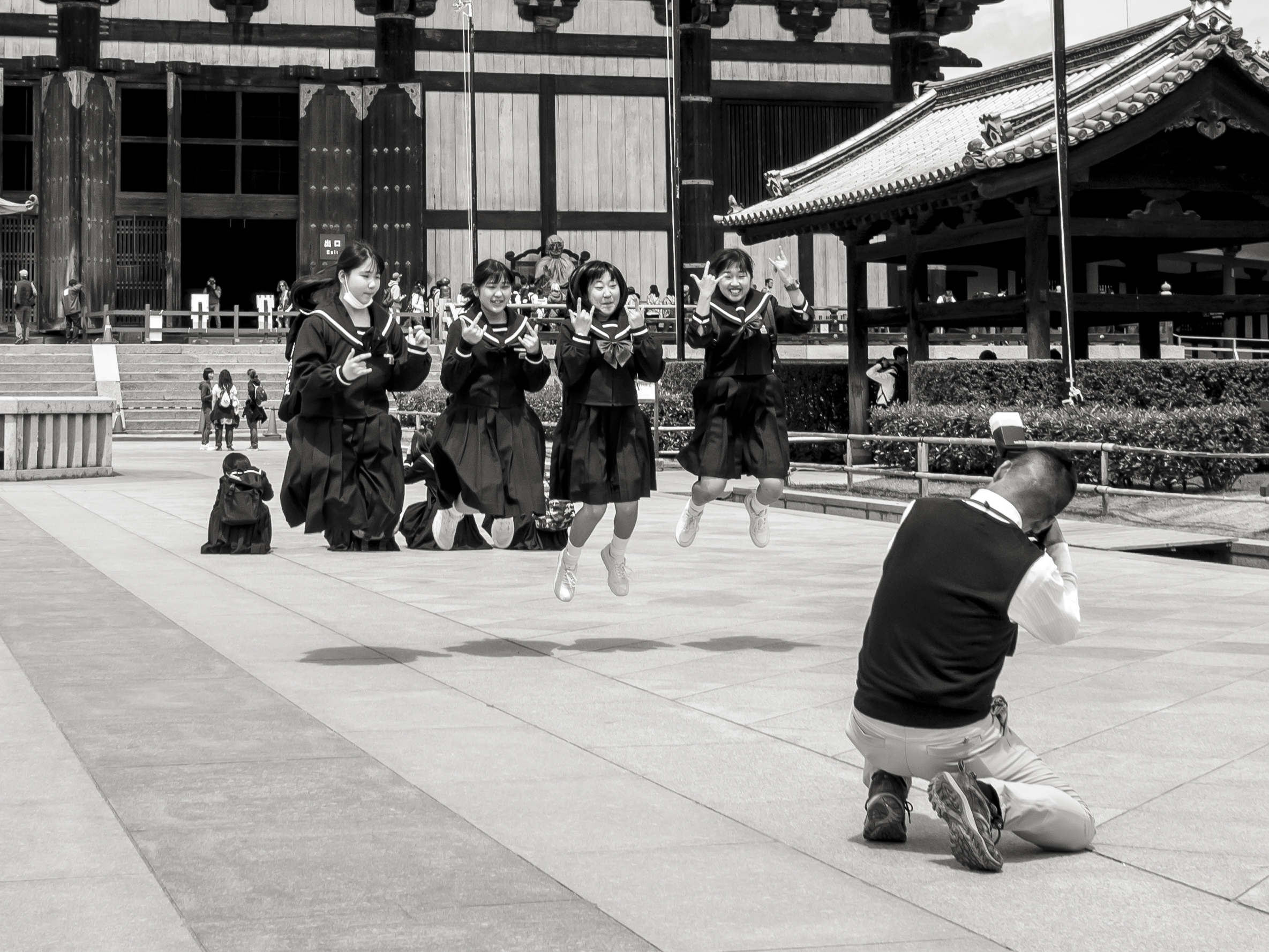Both of my two pro zooms have gone to people who need them more than I and I hope they serve their new owners as well as they did me.
Where does this leave me? The same place as I was two years ago, except for the Pen F body.
My kit is really settled now and I am starting to feel the creative flow return;
I have either an all primes kit of; 17, 25, 45, 75mm f1.8 lenses, ideal for street or portraiture.
or a travel/event Kit of 17, 45, 75-300.
There is no true wide angle as I do not use them (not a fan of obvious lens special effects*) and the fast, long or both tele options make both lenses equally useful and fully complimentary. I could have just as easily kept the pro 40-150 instead of both these two, but in-hand size is the main constraint for me at the moment.
Looking at the lenses specifically;
The 17mm is perfect for street scenes. Exactly what it was purchased (and designed) for. I have toyed with a 15mm Leica (sharper wide open in the corners and a lovely cool-brightness), but the Panasonic adds a more modern, fast fall off and "softer" bokeh, less useful for street and the 17mm stopped down is equally sharp for rare landscapes. The same goes for the 20mm Panasonic, with added focus issues.
Fast and responsive.
Good colour with in an old fashioned feel.
Good, coherent bokeh for less than ideal depth situations.
*
The 25mm still vexes me. I need to make it my friend and stop thinking of the Panasonic 20mm. My heart is still drawn to the 40mm equivalent focal length and the main strength of the 20mm is it offers a very different look to the 17mm, but the 25mm is the more logical and practical choice (AF speed, MF lightness to touch, rich Olympus colour, a more logical focal length in a 17/45 kit, better compression, more natural perspective and very good close focus). It still feels like a short telephoto without any power, but maybe that's ok as apparently I like tele lenses. I must admit, I struggled to find any images taken with this lens, let alone a series.
All three of the above images were taken on a brassy spring afternoon in Osaka. The width of the streets suited the 25mm well. The harsh editing was my look at the time. I really have to re visit them.
Something the 25mm does really well is give me the lush, rich look Canon used to supply.
*
The 45mm, like the 17mm, is ideal to purpose. It is for me the perfect balance between compression, without obvious flattening and sharpness, without harshness. I like it so much I have 2!
A good working distance, natural perspective and inclusion of environment.
A tight crop showing good quality with gentleness at the magic f2.2.
Natural details in high relief.
Relaxed and comfortable feel.
*
The 75mm. This is a tougher one. Lots of subjective quality. As for "a quality", it can be a little too perfect and can flatten* subjects a bit. This is the same dilemma I had with the Canon 135L f2, technically perfect but lacking something gentle. The 200 f2.8L was on the other hand loaded with character. The temptation with this one is to go to it's happy place all the time (wide open and compressed). The reality is I like using it, but it rarely takes images that people comment on and the habits it forms can be hard to break. To me the 17mm and 45mm are the "character" lenses and the 25mm and 75mm are the technically superior, but more creativelychallenging ones.
Strong, compressed perspective
Great for abstract detail pulling and almost surreal quality.
Again a powerful tool, giving M43 the depth of field versatility it is often considered to be lacking. There are faster and shorter lenses in M43, but this is the best power to price/weight lens.
*
The 75-300. This lens just keeps on giving. Soo many of my favourite images come from this lens, far too many considering it's price point. The slow aperture tends to force more depth into images I would probably shoot with a wider aperture and this is a good thing. Often this extra depth, with pleasing bokeh from the lens, makes an image stronger and less telephoto gimmicky.
A literal flick of the wrist grab shot. Nearly binned, but it grew on me. The slightly missed focus is mitigated by the consistently pleasant bokeh.
One of over 100 keepers taken in two hours, granted in ideal conditions. When editing these images it is easy to forget the lens is the cheapest bit of kit I own.
One of many zoo images taken on less than ideal conditions. This lens pulls off near miracles regularly.
If pushed, the 17/45/75-300 could probably do me, but the 25 and 75 are still in the mix, for the moment. The Panasonic 20mm would give me an alternate rendering in the semi wide standard range, but the 25mm would have to go as their jobs would be too similar (being a foil for the 17mm).
*I might be just getting old or maybe I have seen too many photos, but obvious, exaggerated perspective or "special effects" as I now call them are just not interesting to me. When a photographer falls back constantly on a look provided by that very wide or very long lens, a little voice in me screams "break free of gimmicks". I know wide angles are needed to cover some subjects, but that can be done subtly (I prefer normal perspective panoramic's) and obviously long lenses have their uses, but again, strong flattening of perspective can be boring also. Think about how many truly great images have been taken with relatively normal lenses (35-90 equiv) and how many super wide or long, (non specialised needs exempt) images you see that have reached similar greatness?





